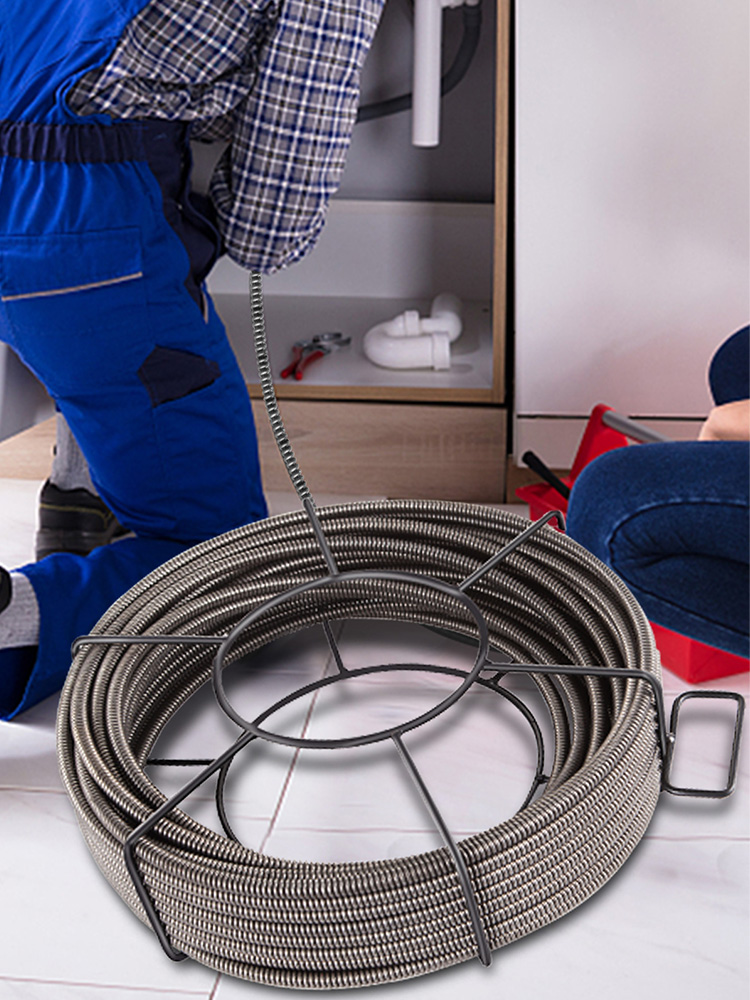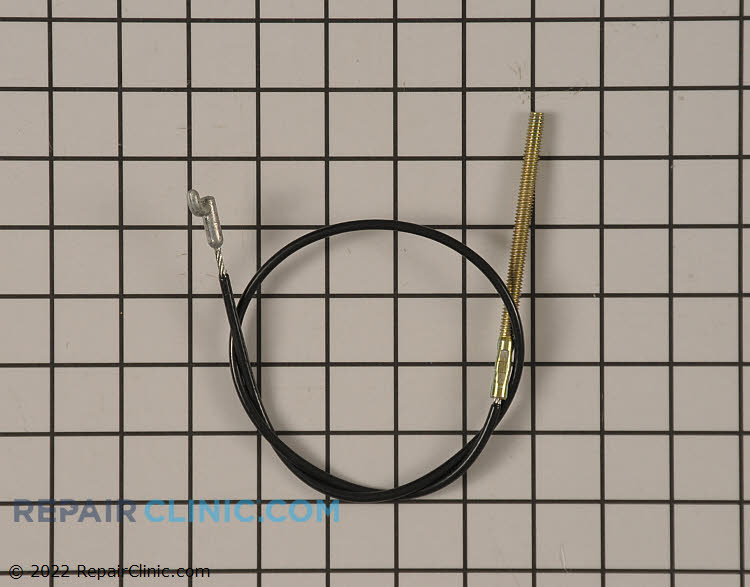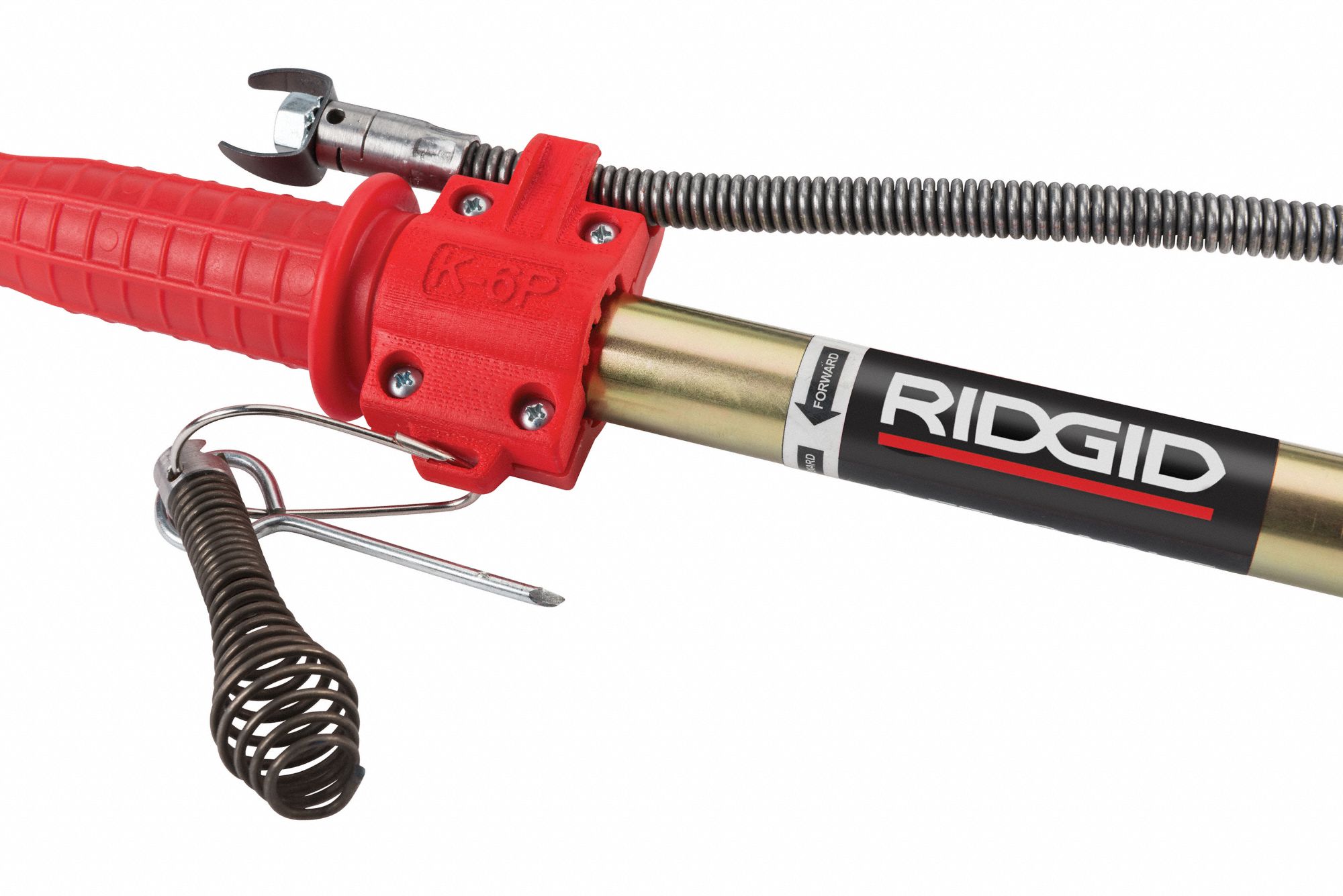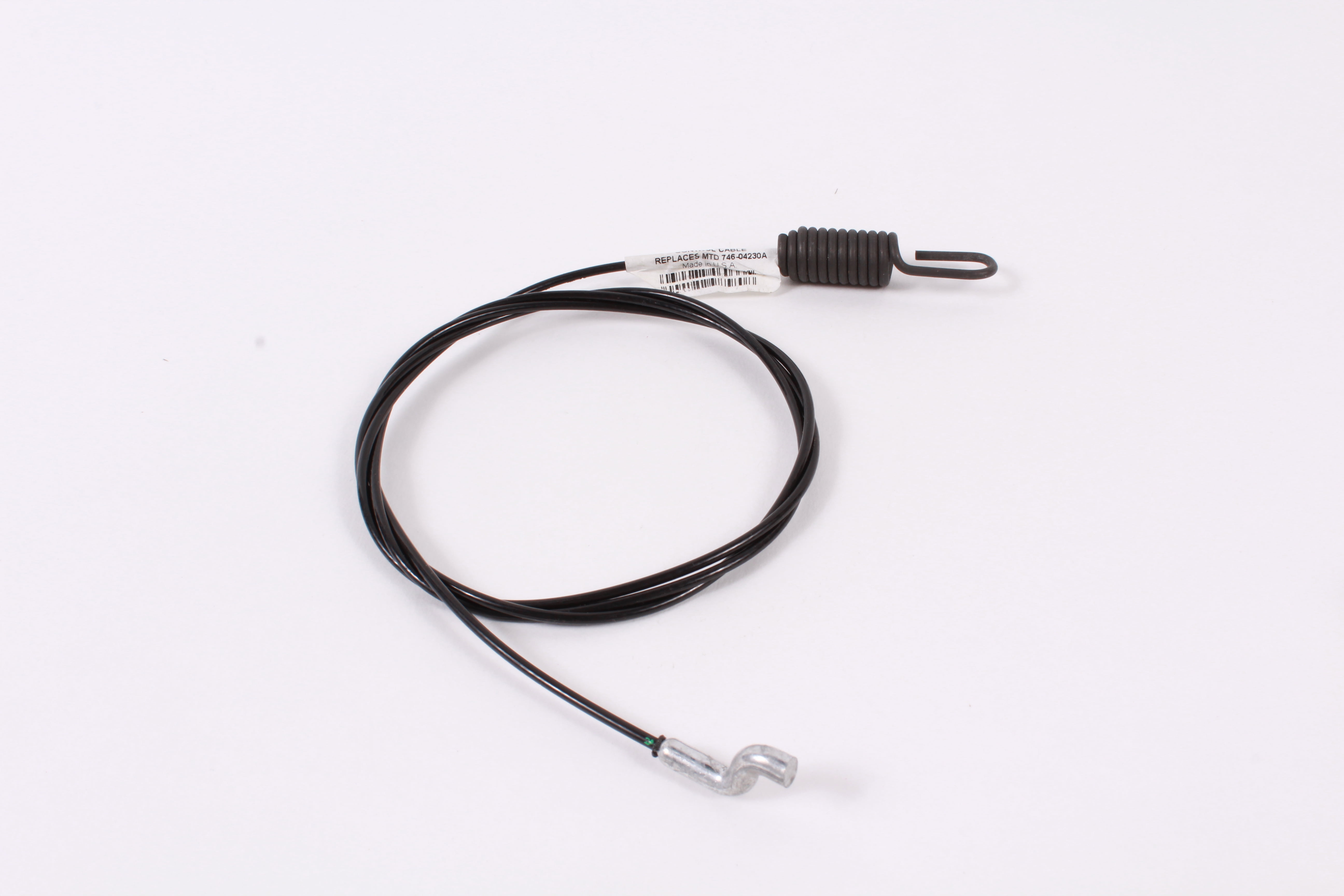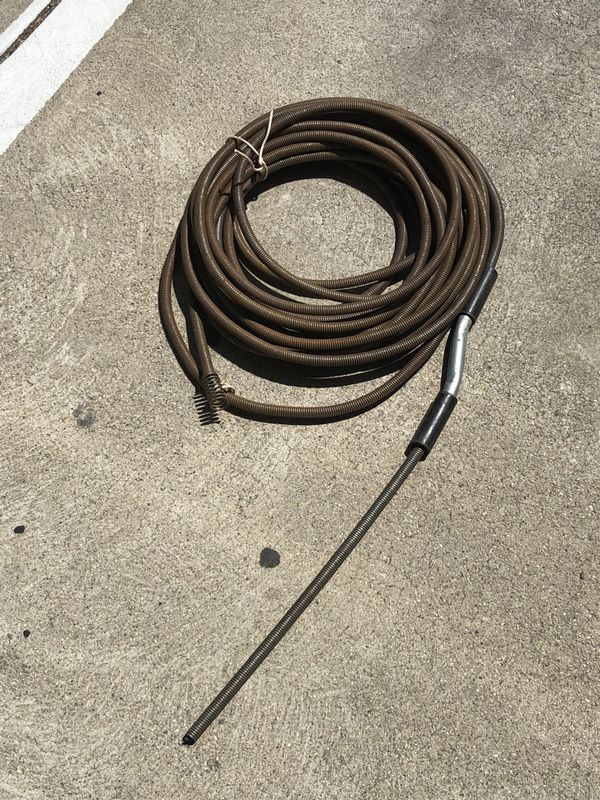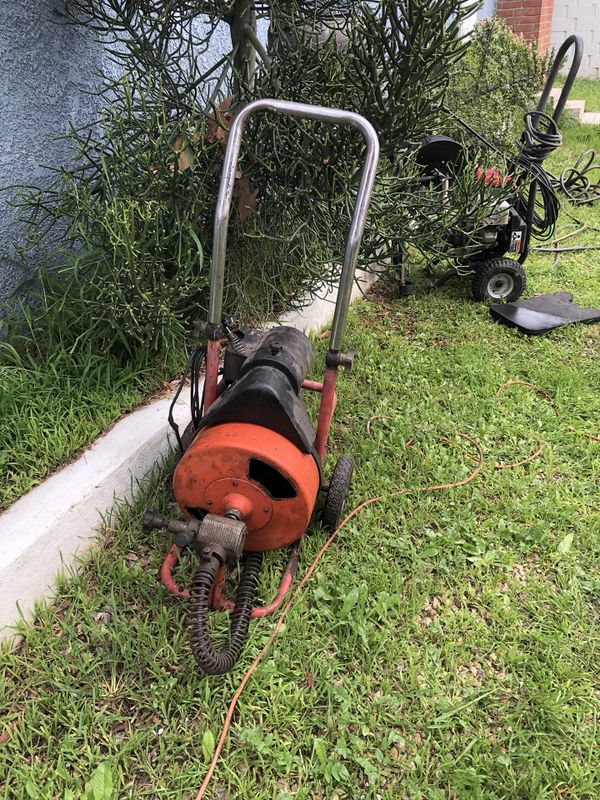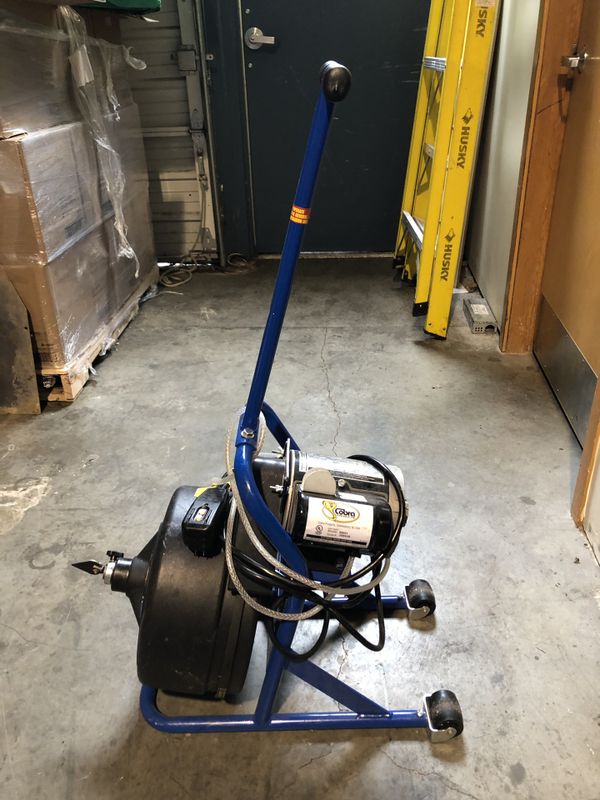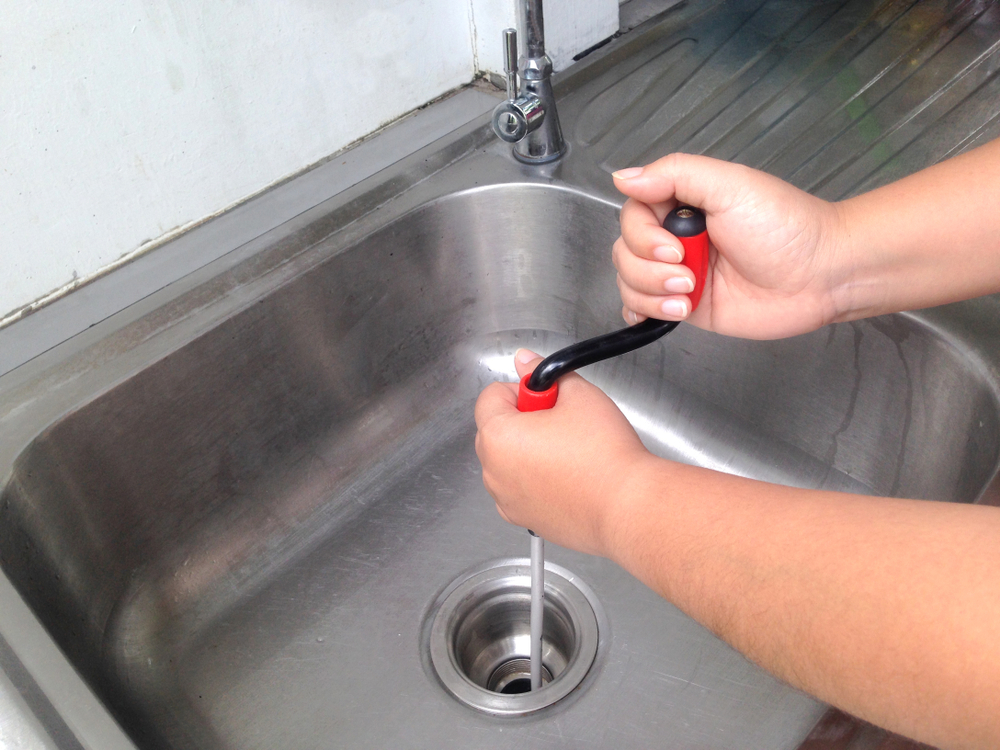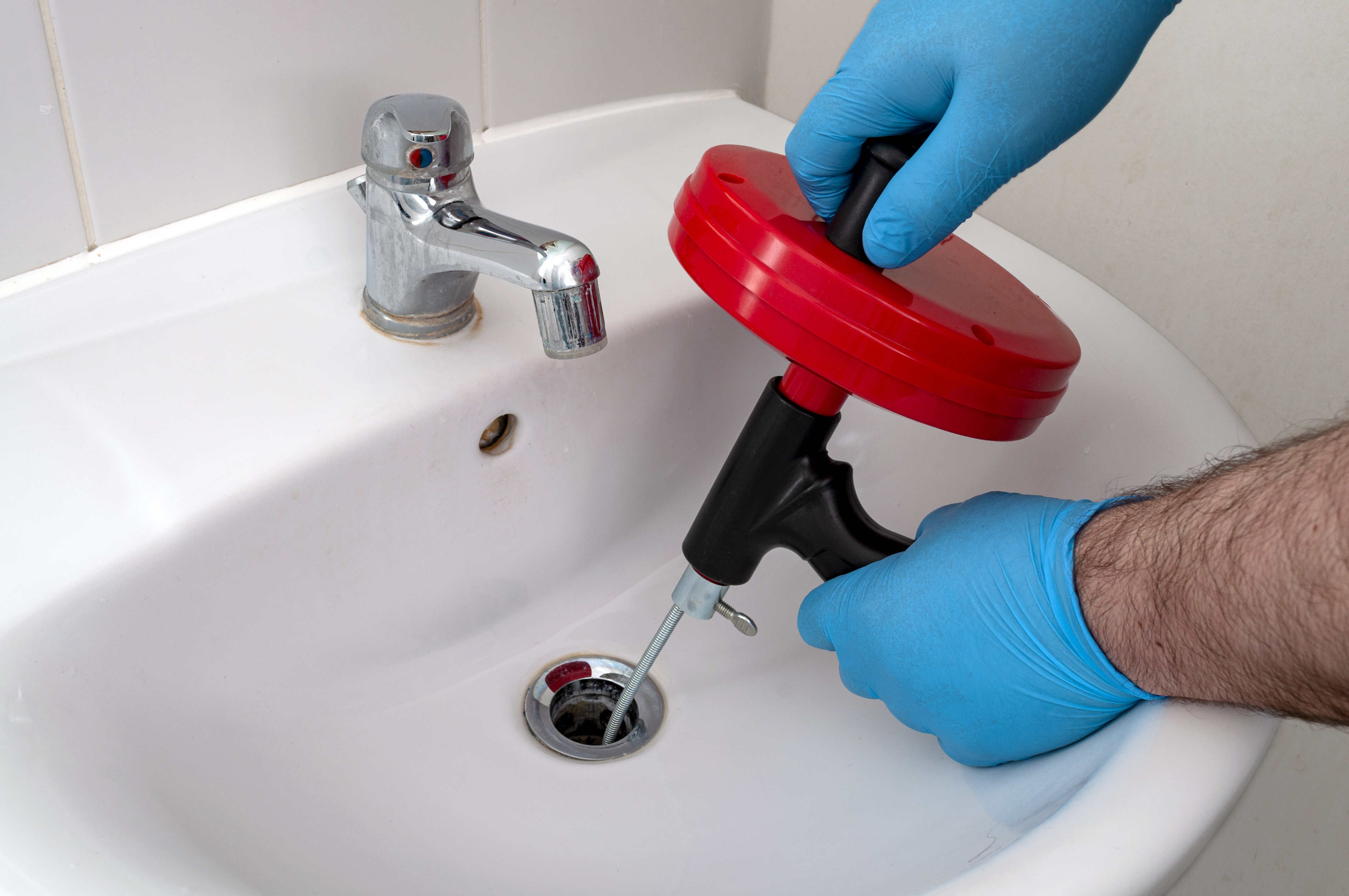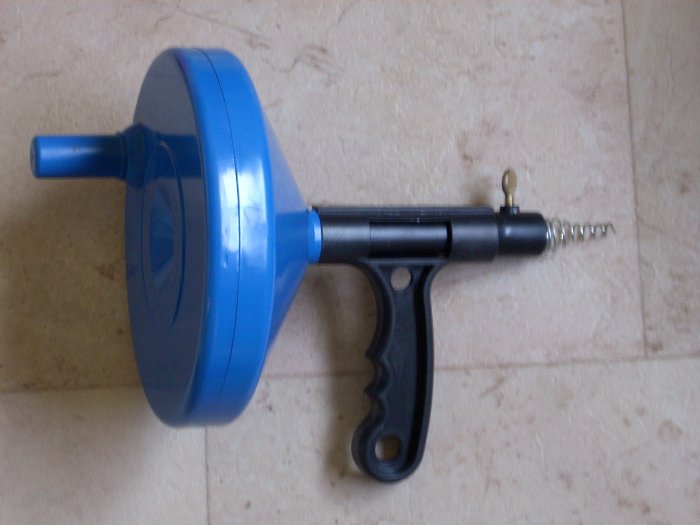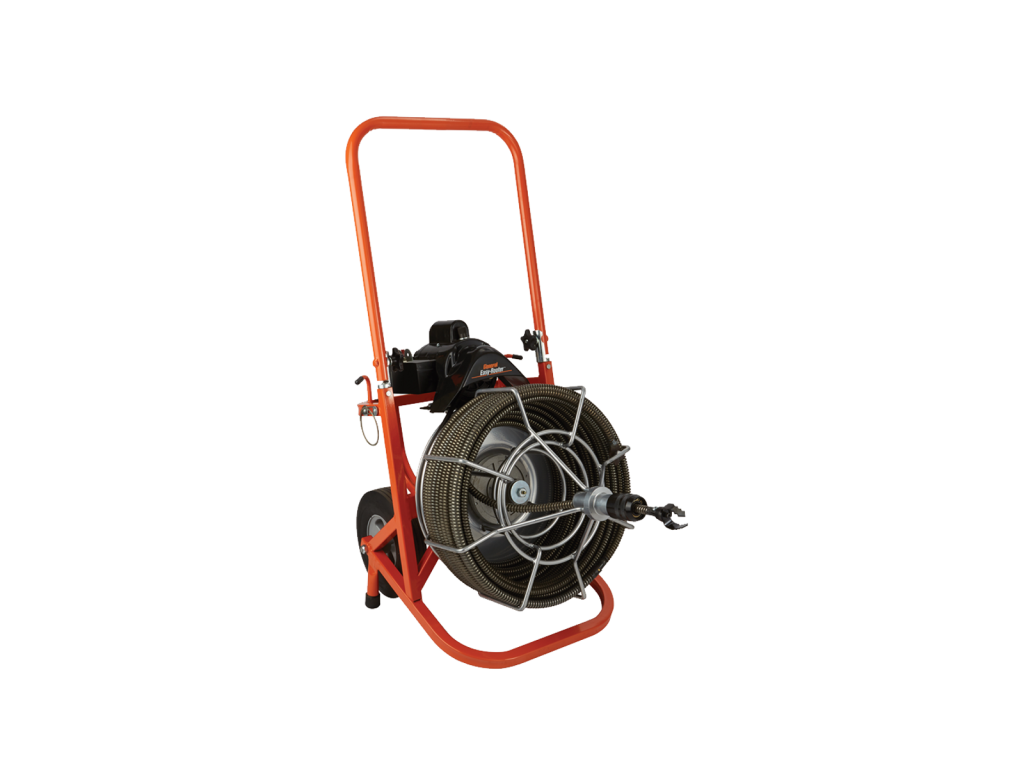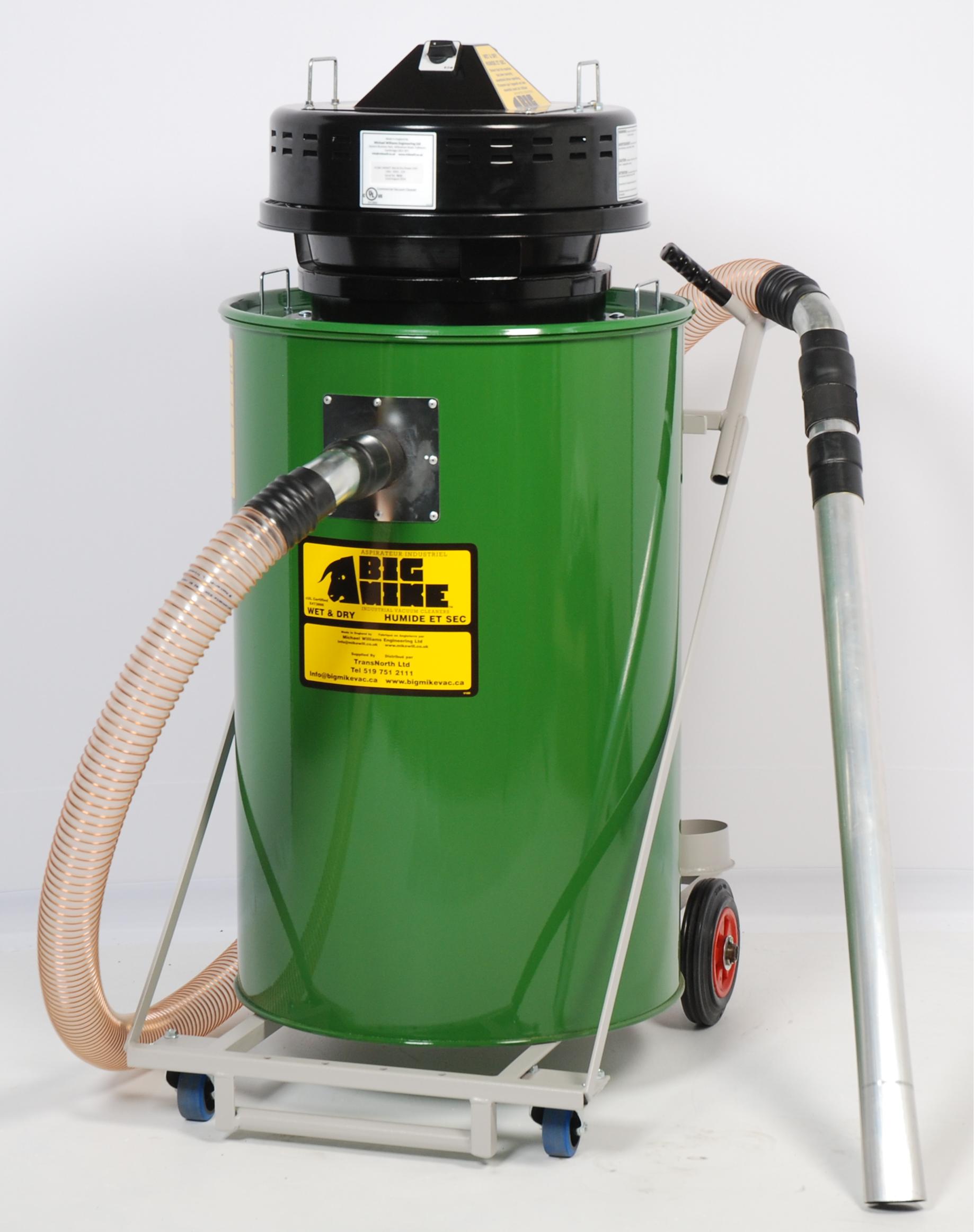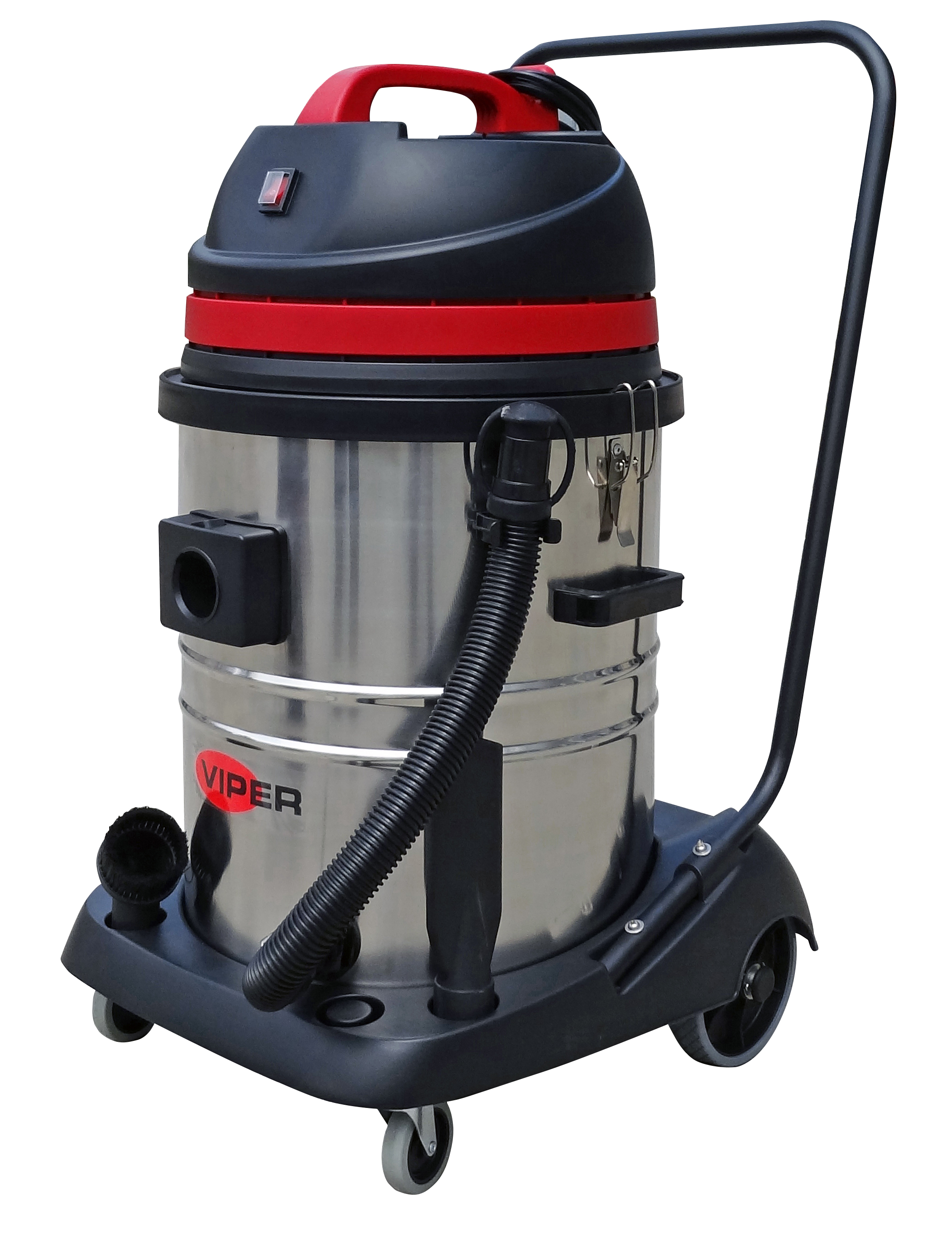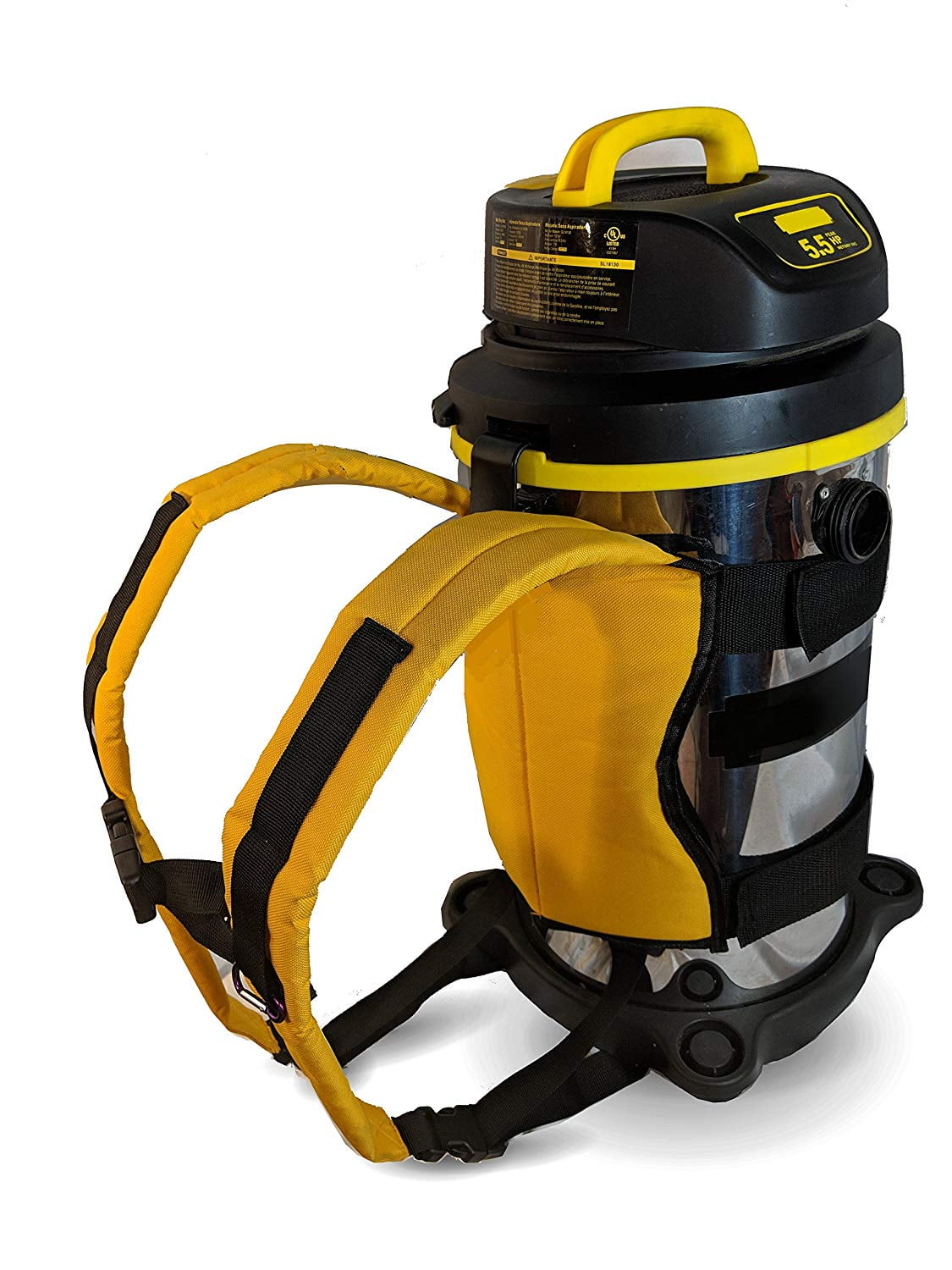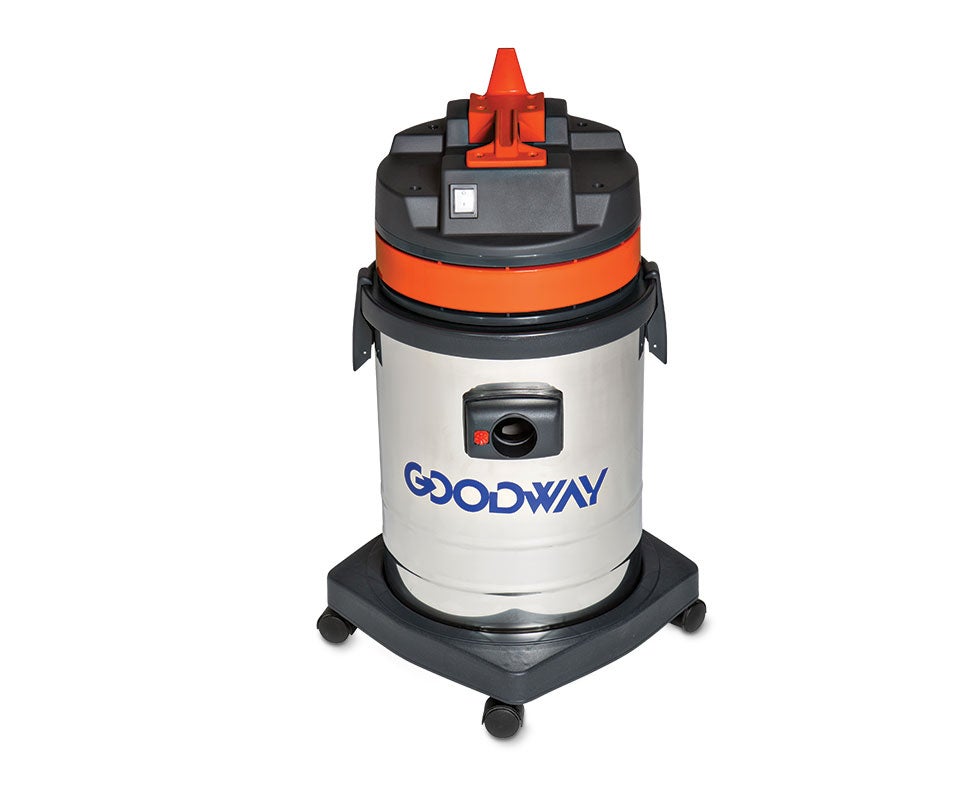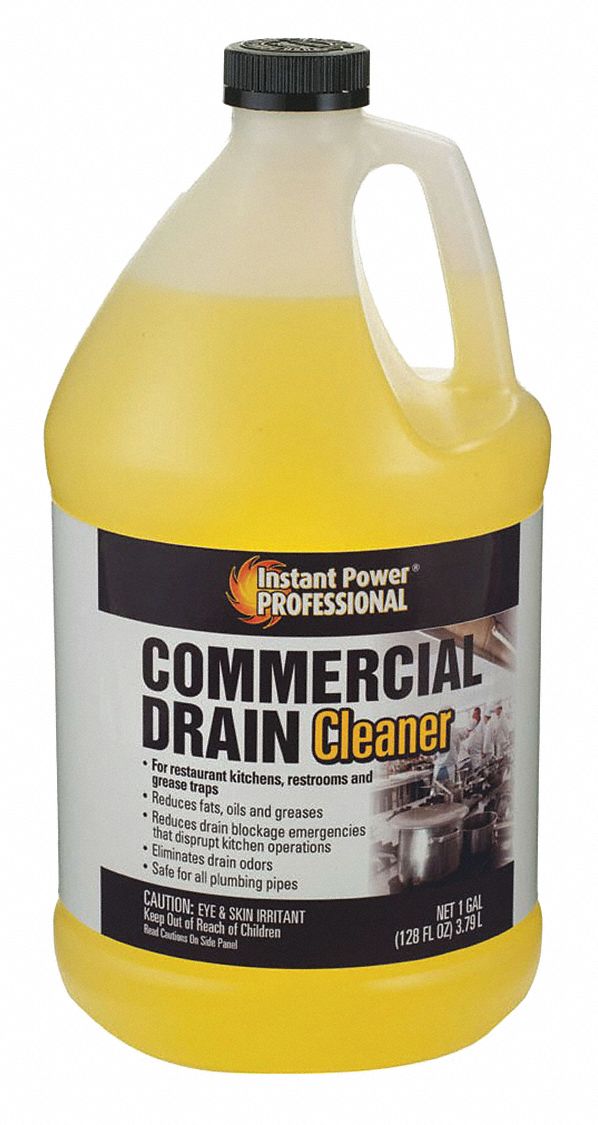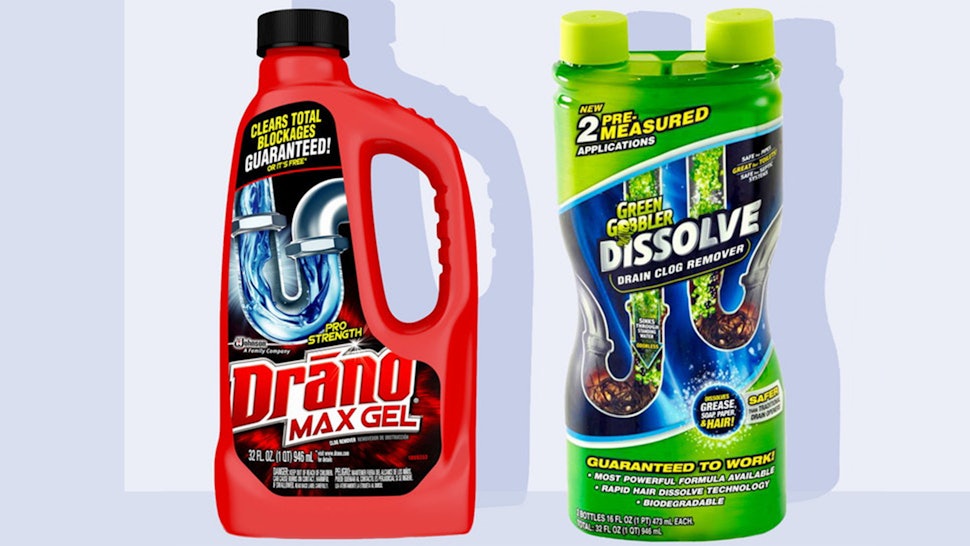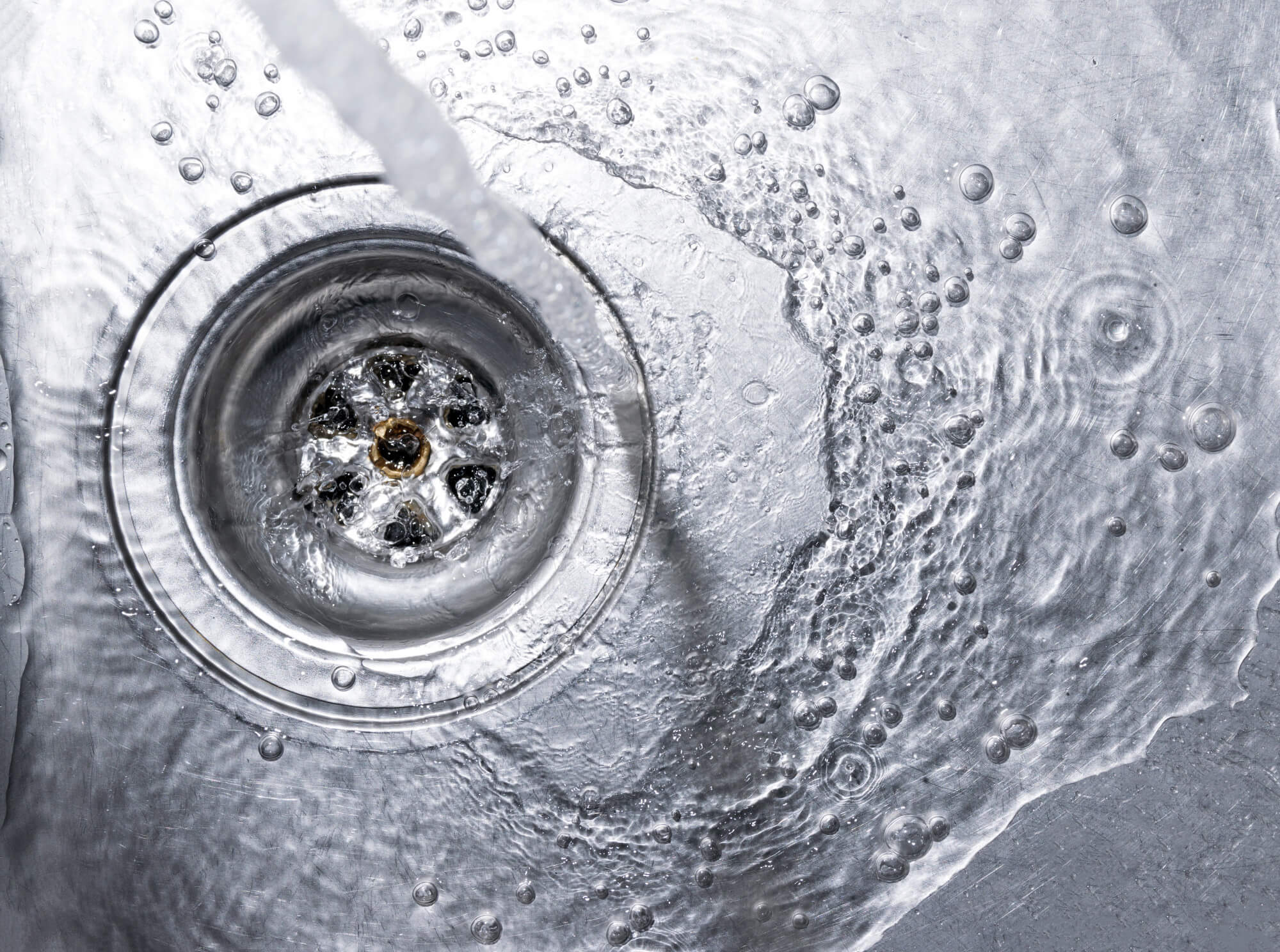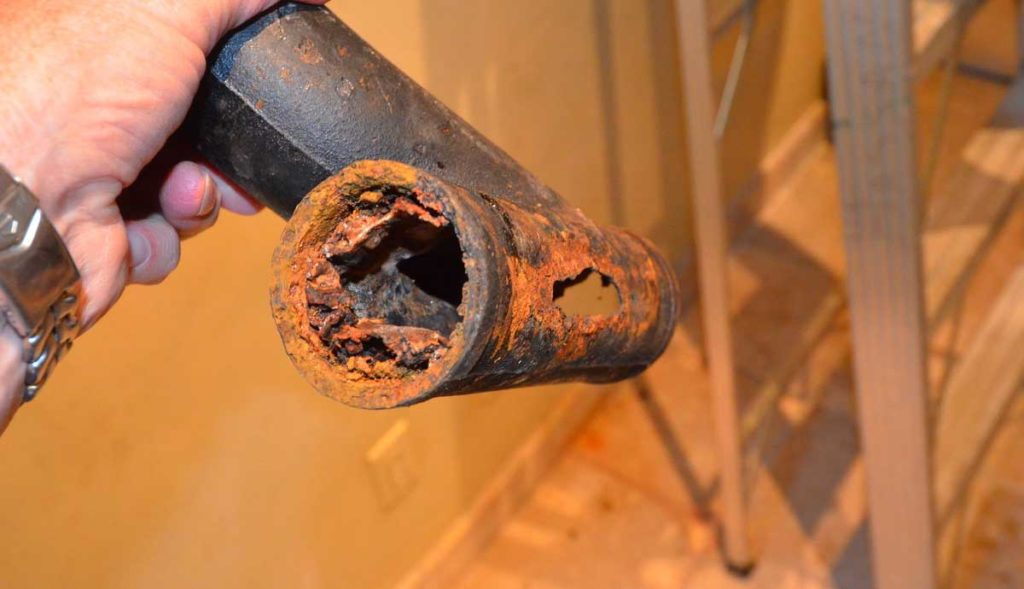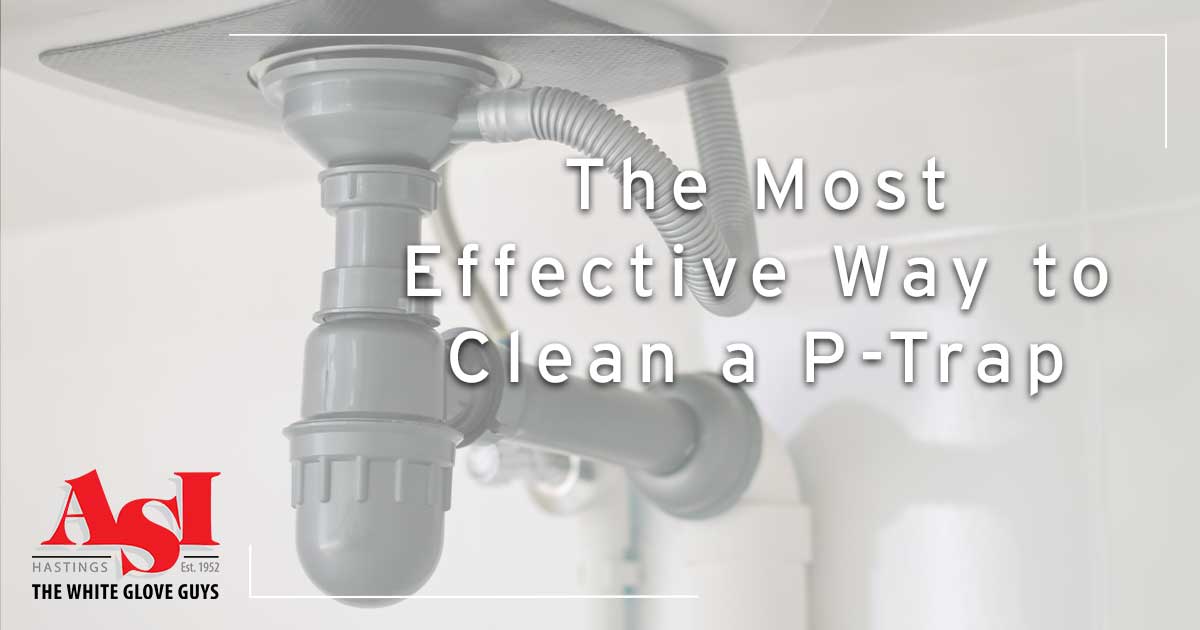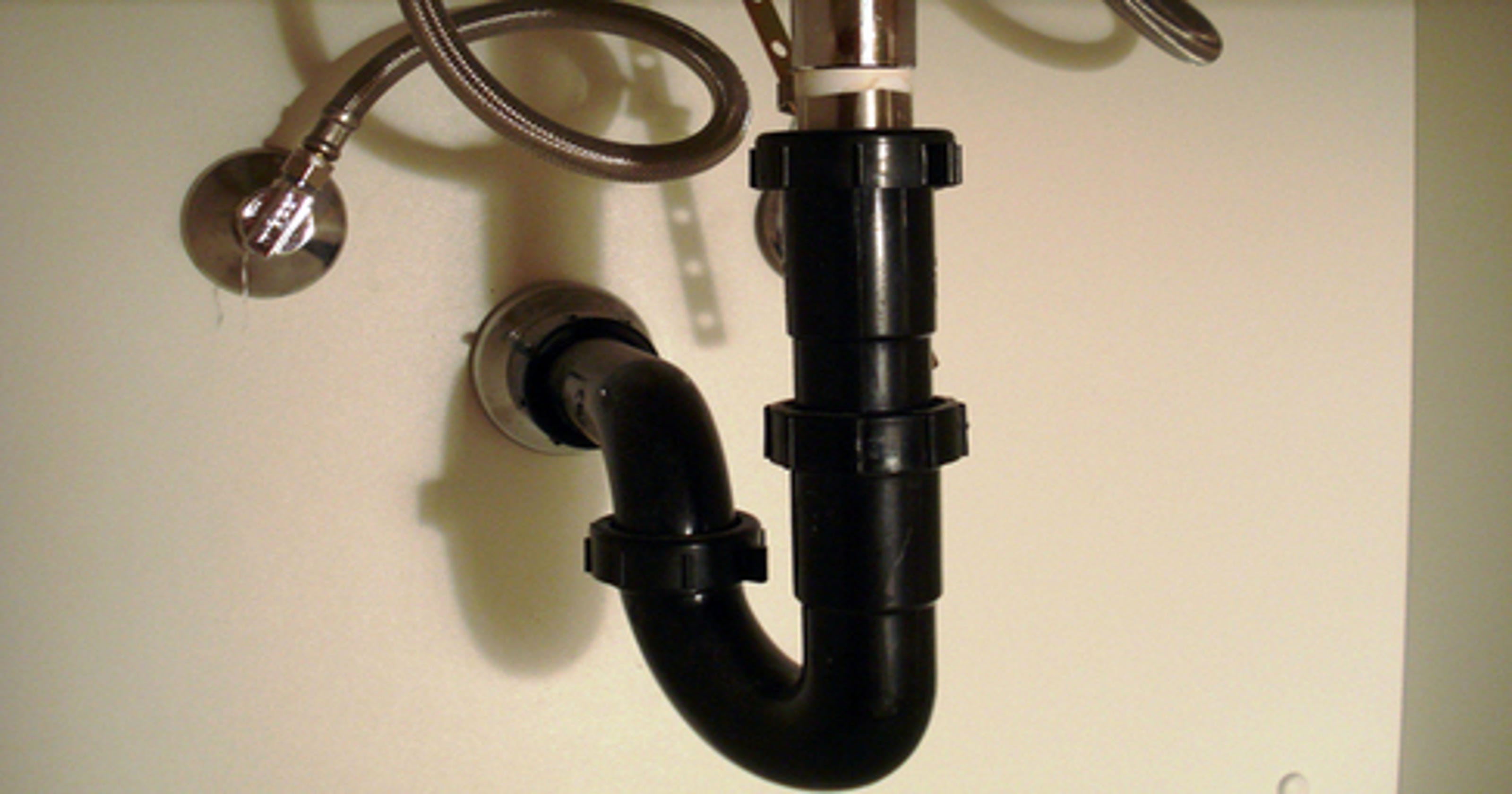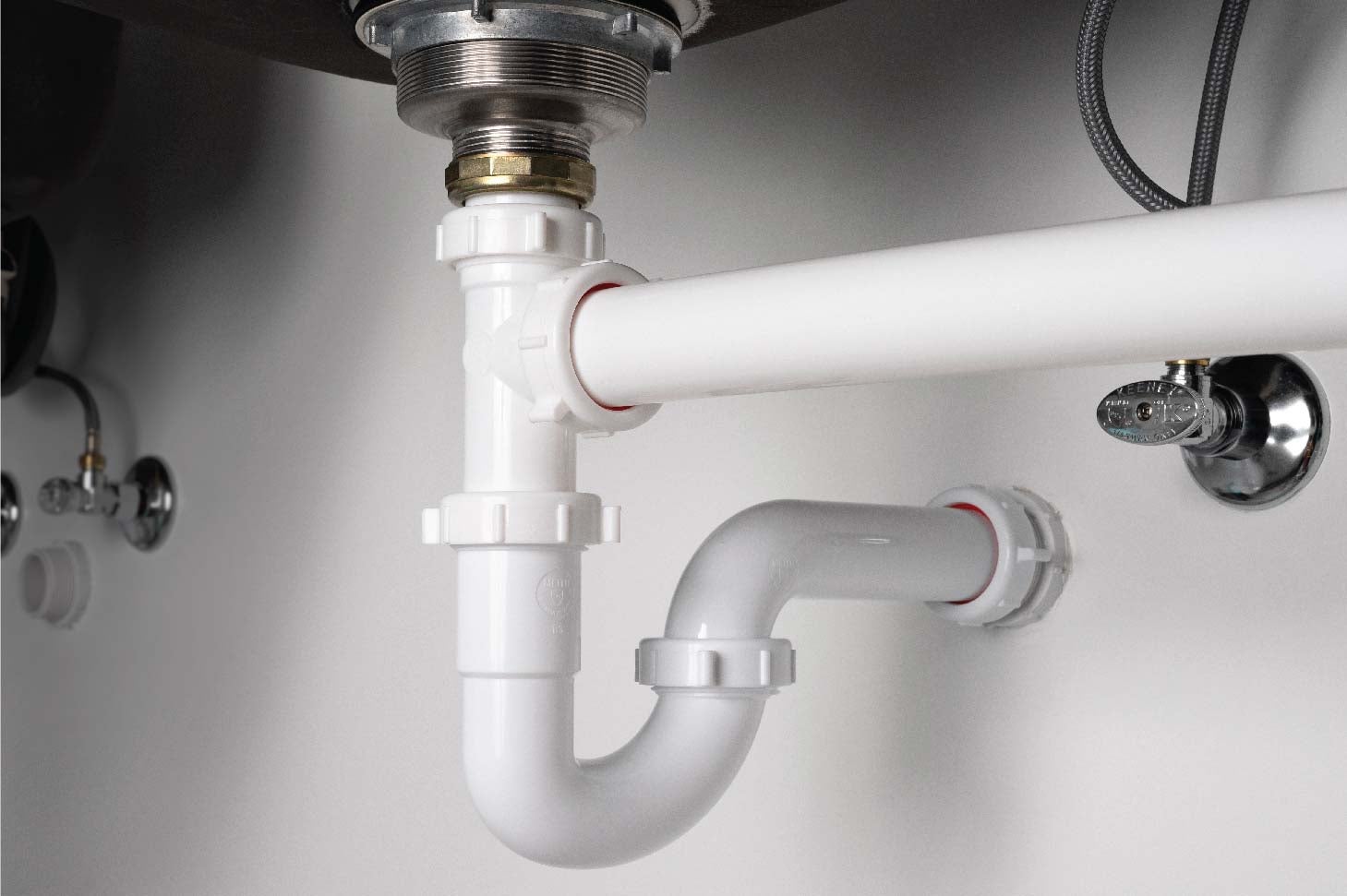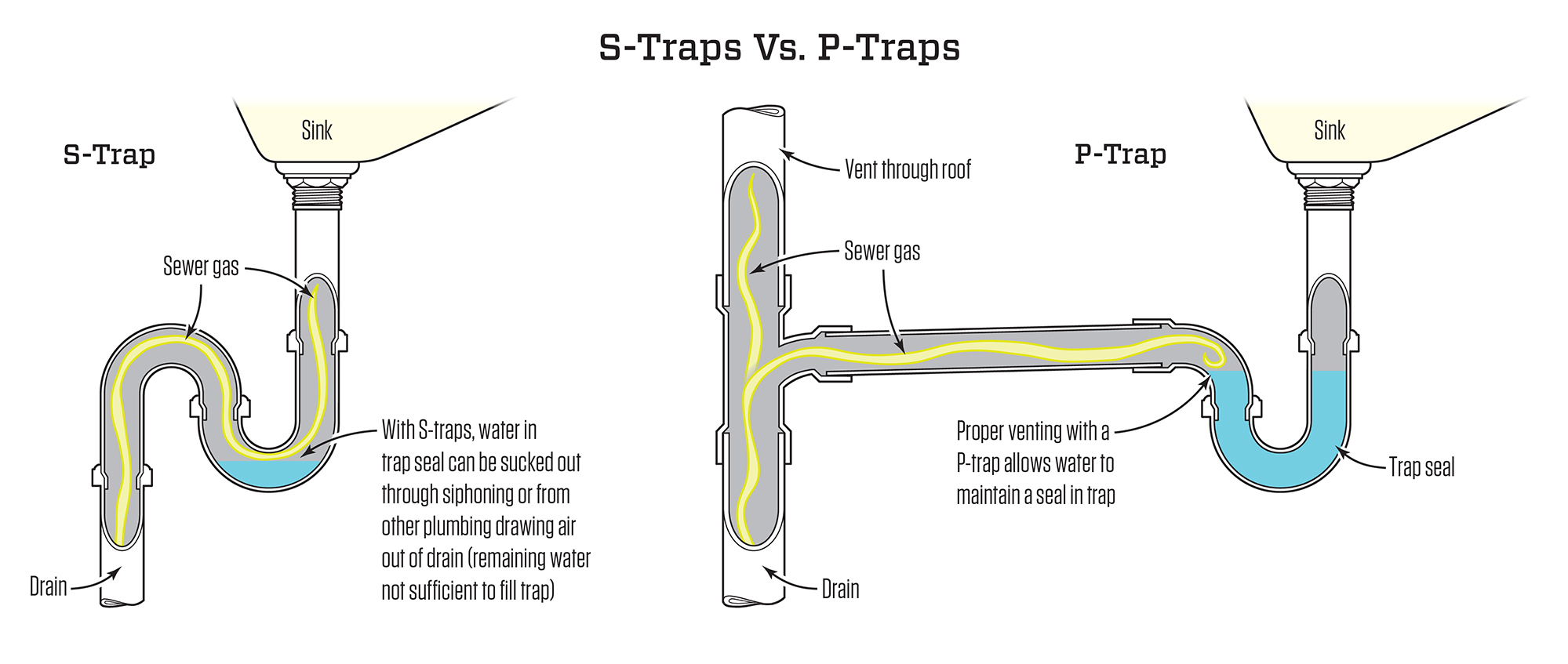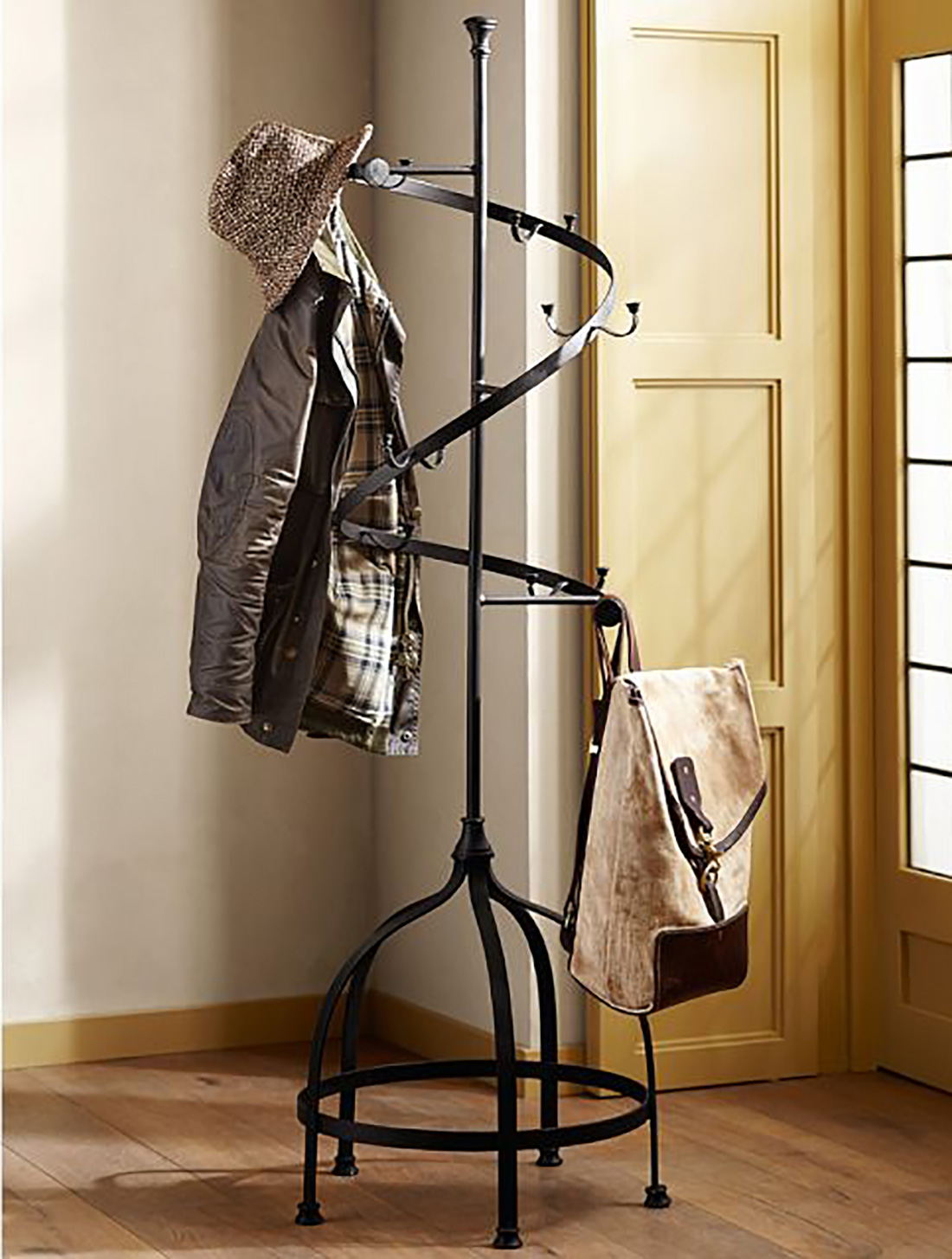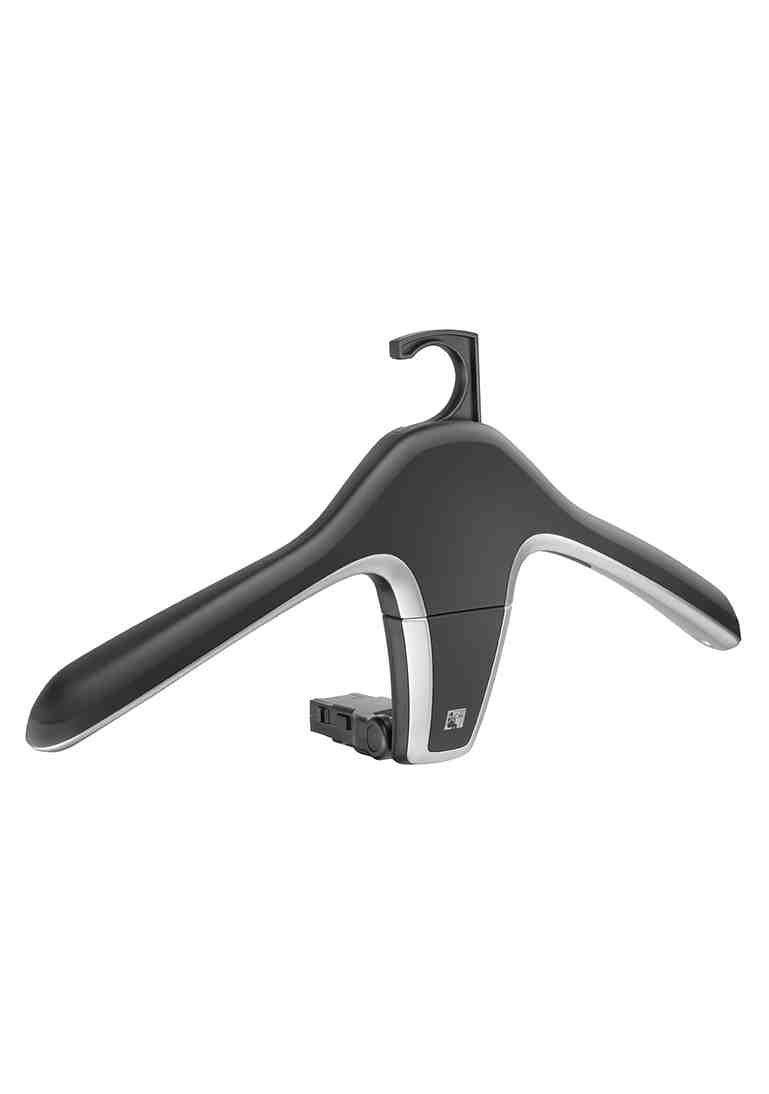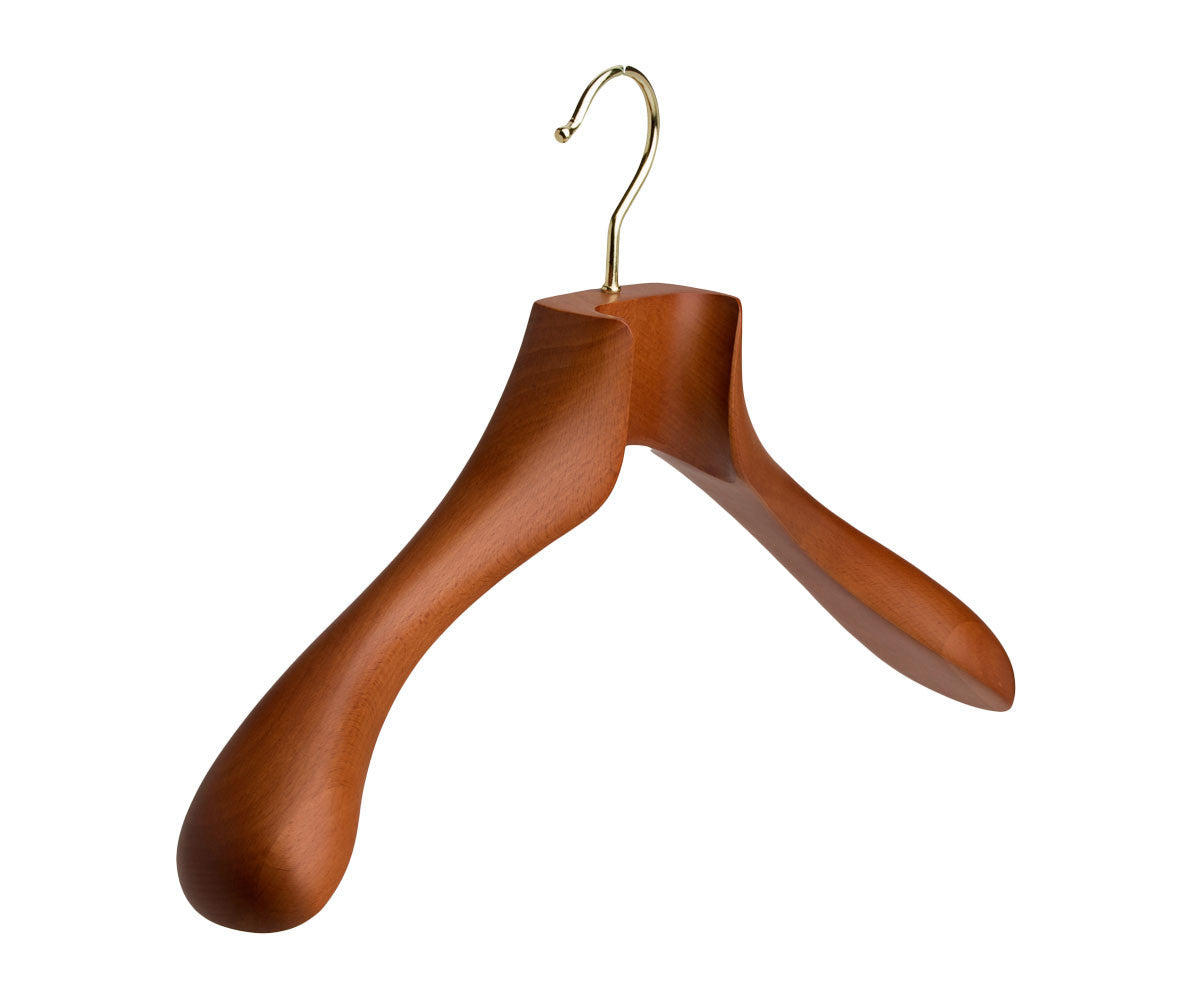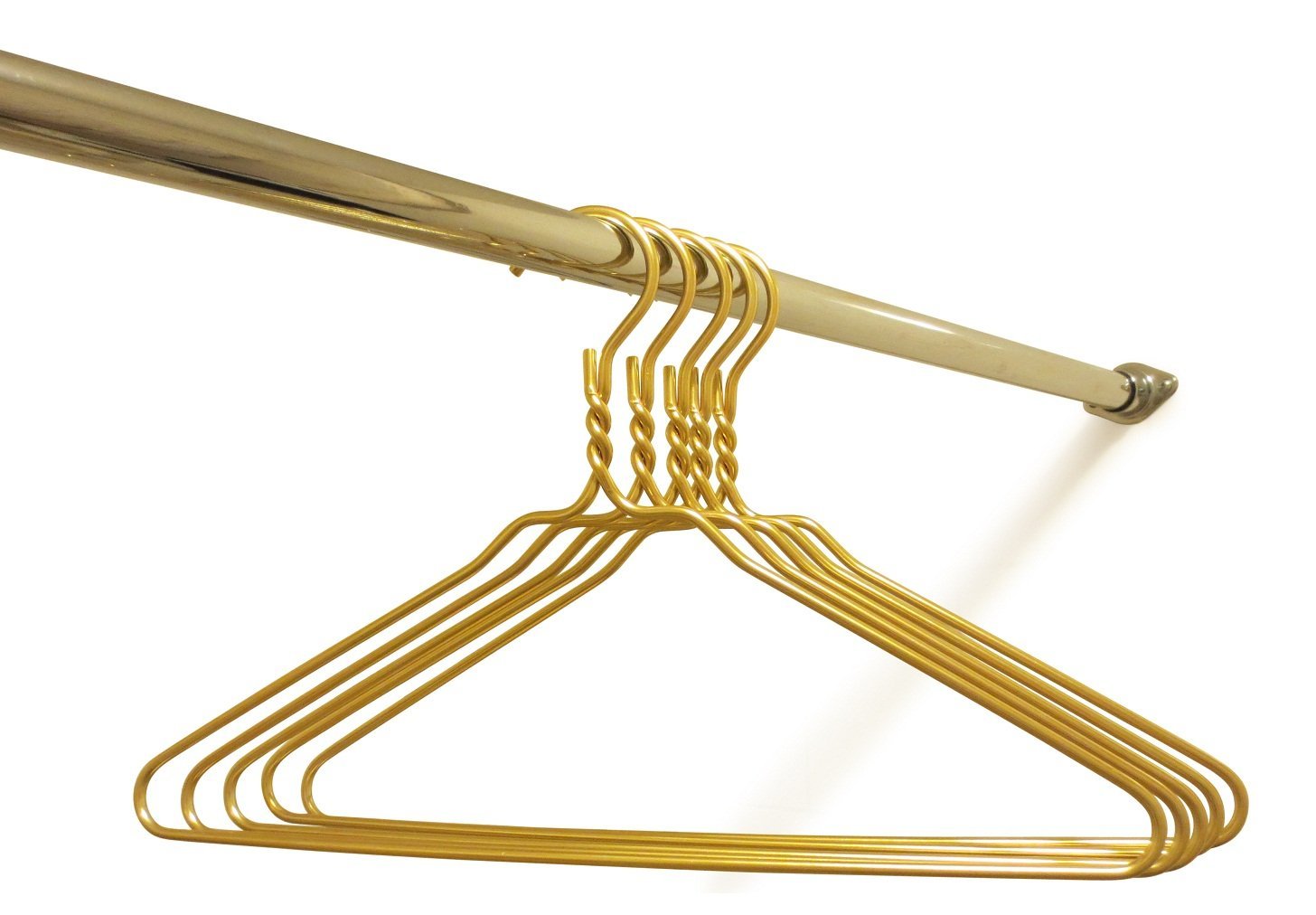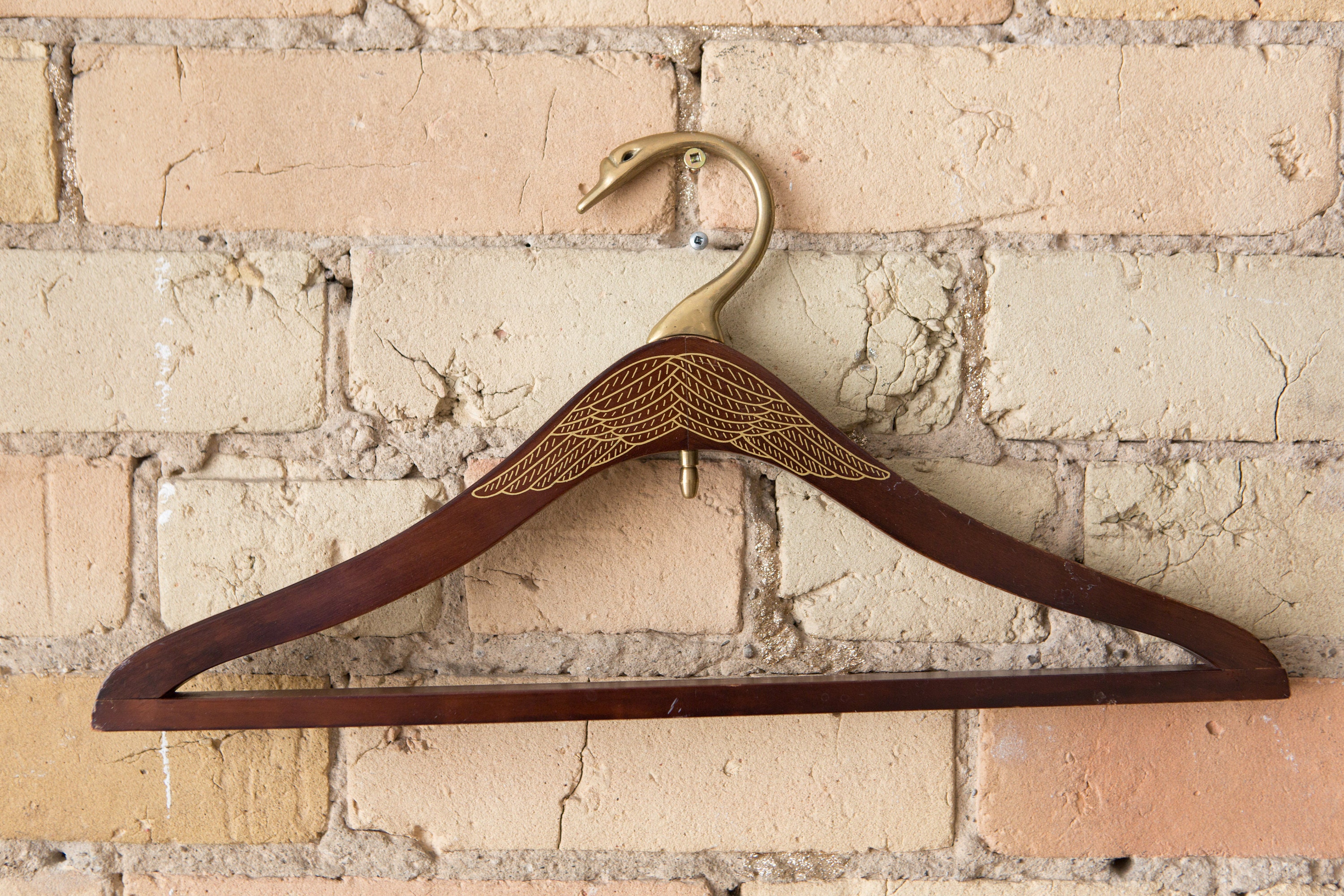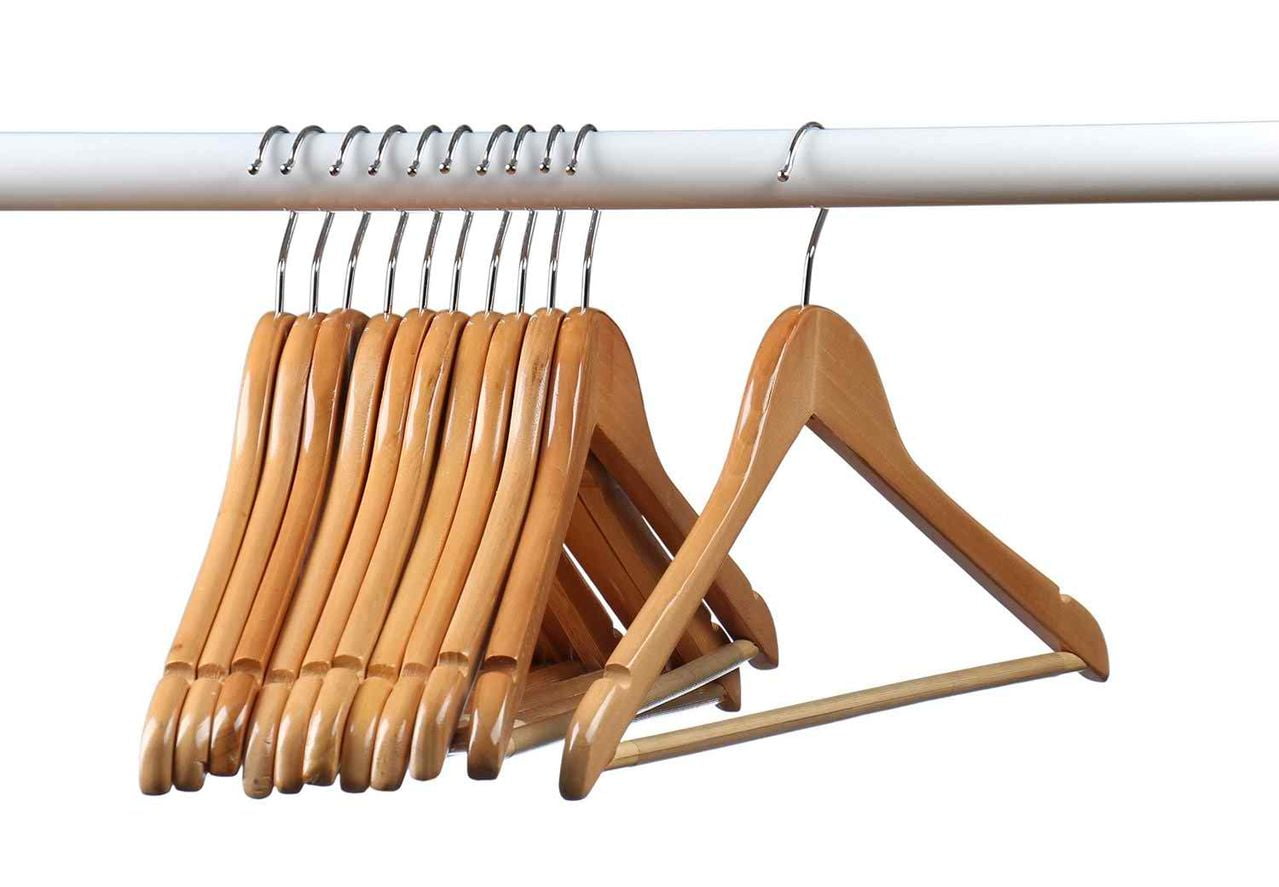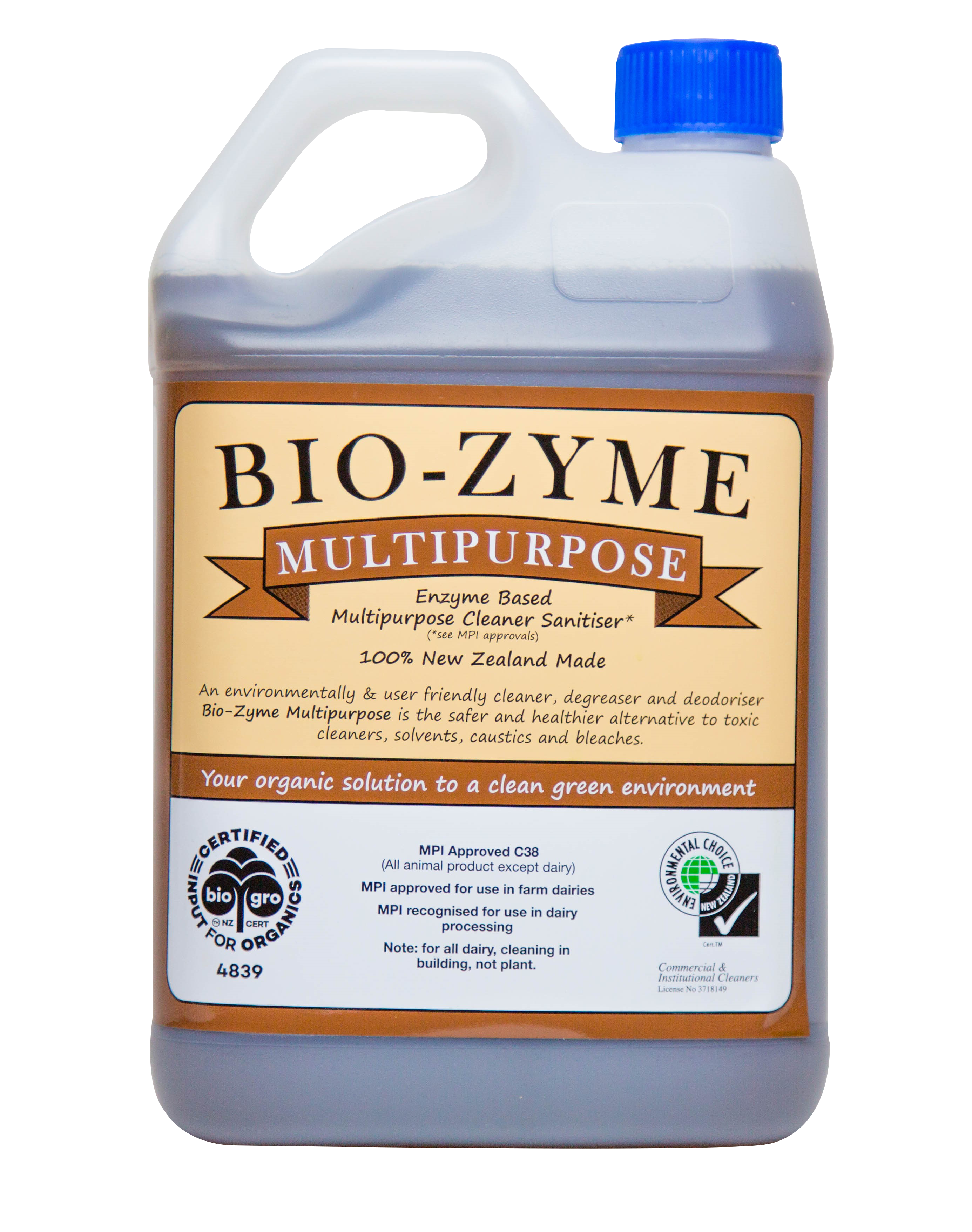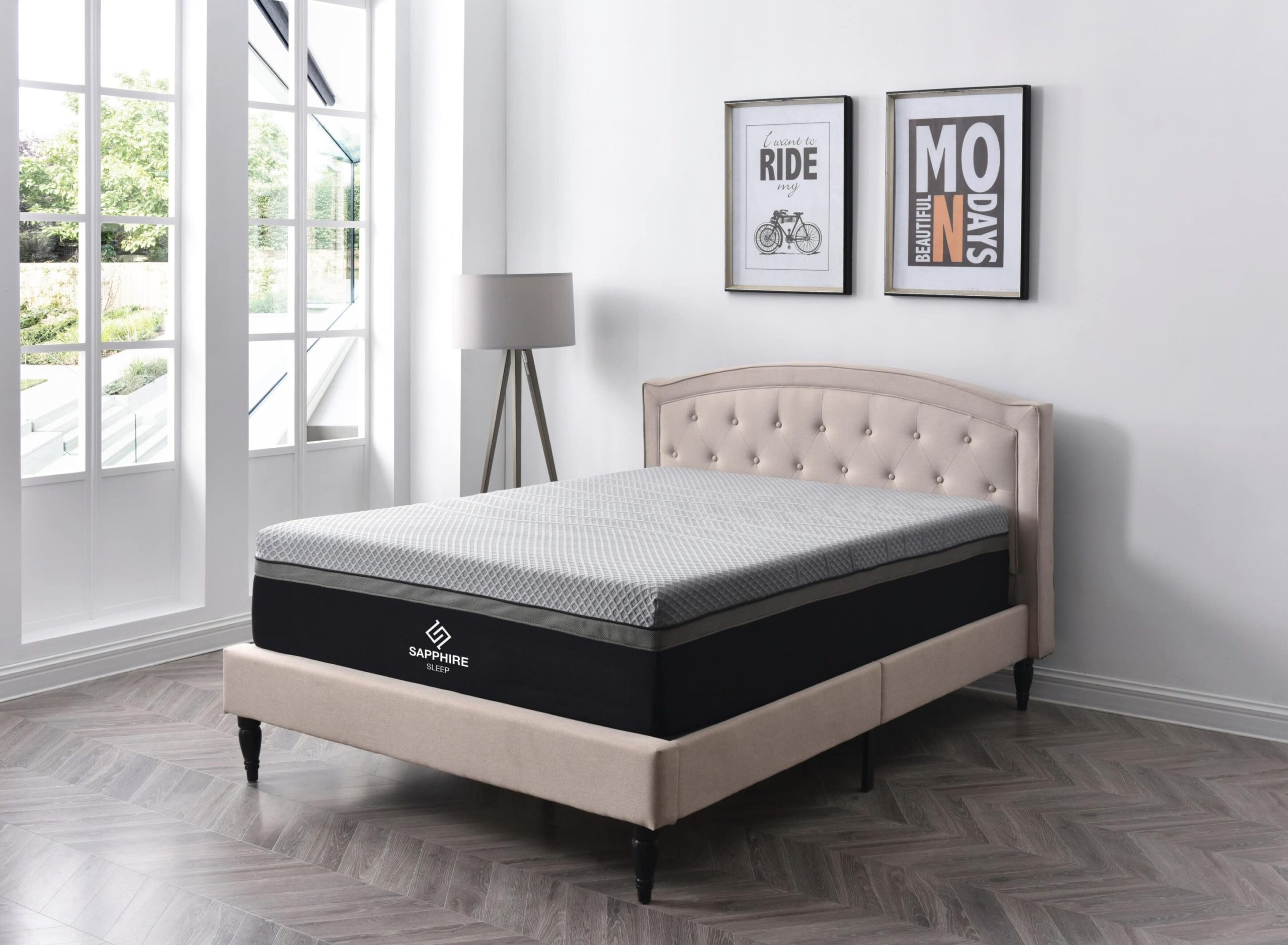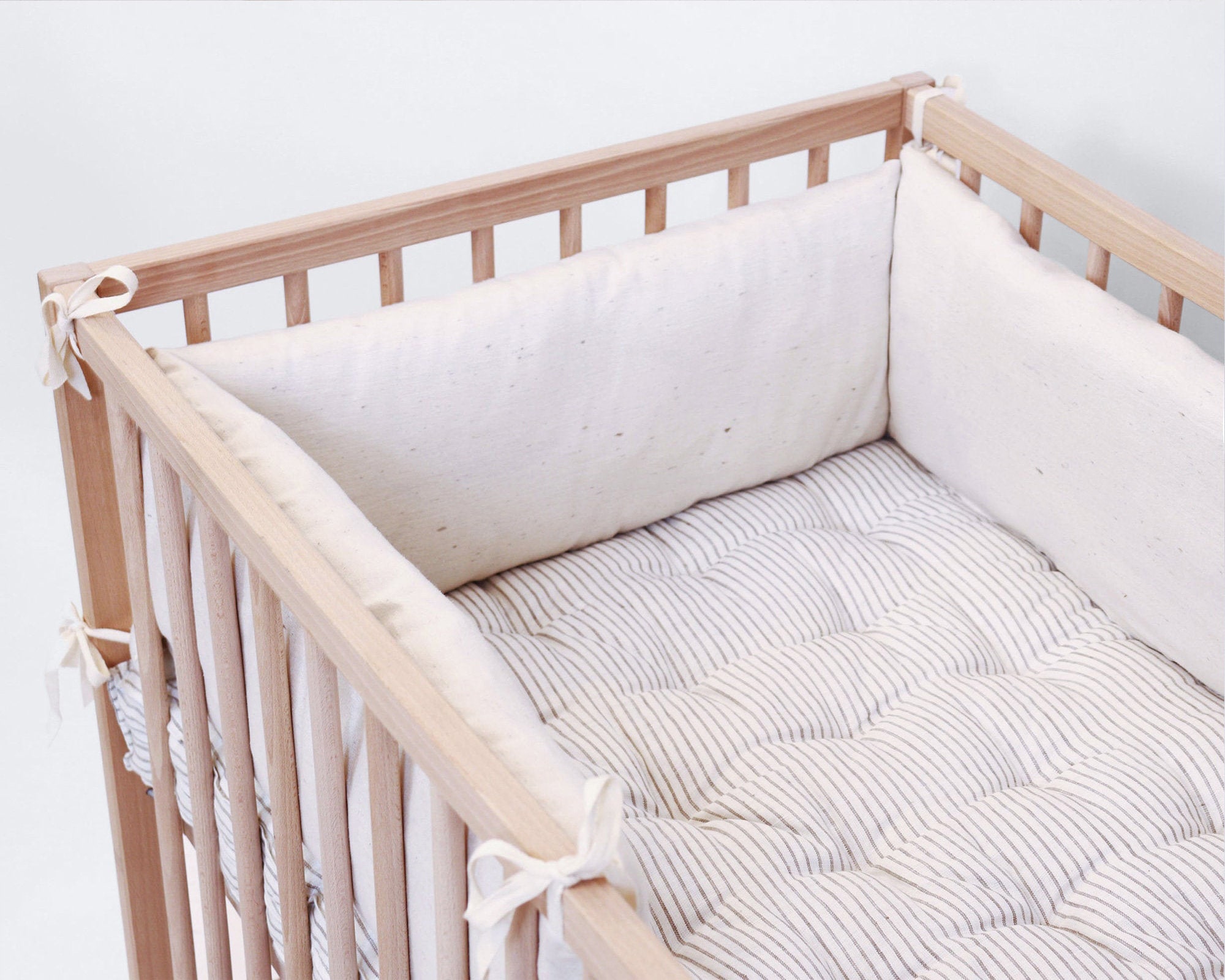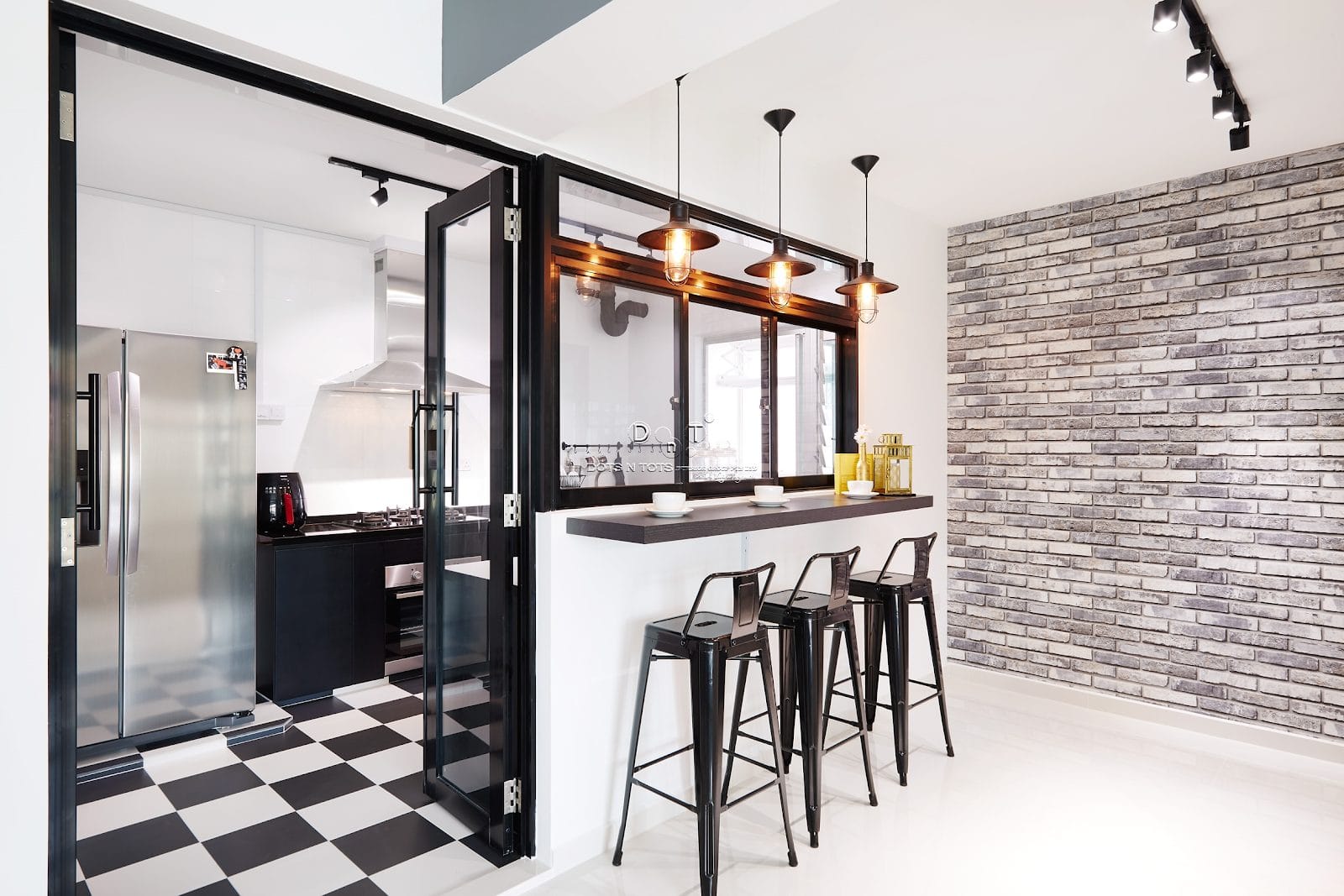1. Plunger
One of the most common and effective ways to unclog a bathroom sink is by using a plunger. This trusty tool can create a strong suction that can dislodge any debris or blockage in your drain. To use a plunger, place it over the drain and push down firmly, then pull up quickly. Repeat this motion several times until the water starts to drain properly.
Pro Tip: For better suction, apply petroleum jelly around the rim of the plunger before using it.
2. Baking Soda and Vinegar
If you're looking for a natural and chemical-free solution, then using baking soda and vinegar is the way to go. This tried and tested method works by creating a chemical reaction that can loosen and dissolve any clogs in your drain. Start by pouring a cup of baking soda down the drain, followed by a cup of vinegar. Let it sit for about 30 minutes, then flush it with hot water.
3. Boiling Water
Another simple and effective way to unclog a bathroom sink is by using boiling water. This method works best for minor blockages caused by hair or soap scum. Simply boil a pot of water and carefully pour it down the drain. The hot water can melt away any grease or buildup in the pipes, allowing the water to flow freely.
4. Cable Auger
A cable auger, also known as a plumbing snake, is a handy tool that can help remove stubborn clogs in your bathroom sink. It works by inserting a long, flexible cable into the drain and maneuvering it to break up and remove the blockage. While this method may require a bit more effort, it can effectively clear out any deep clogs.
5. Plumbing Snake
If you don't have a cable auger on hand, you can also use a plumbing snake to unclog your bathroom sink. This tool is similar to a cable auger but has a smaller, more compact design that is perfect for unclogging sinks. Simply insert the snake into the drain and twist it to break up any obstructions.
6. Wet/Dry Vacuum
If you have a wet/dry vacuum at home, you can use it to unclog your bathroom sink as well. This method works by creating a strong suction that can suck out any debris or blockage in the drain. Make sure to cover the overflow opening with duct tape or a cloth to create a tight seal before using the vacuum.
7. Chemical Drain Cleaner
If all else fails, you can try using a chemical drain cleaner to unclog your bathroom sink. These products contain powerful chemicals that can dissolve and clear out any clogs in your pipes. However, be cautious when using these cleaners as they can be harmful to your skin and can also damage your pipes if used incorrectly.
8. P-Trap Removal
If you suspect that the clog is located in the P-trap, you can try removing it to clear out the blockage. The P-trap is the curved piece of pipe under your sink that is designed to collect debris and prevent it from going further down the drain. Place a bucket under the trap and use a wrench to loosen the connections. Once removed, clean out any debris, and reattach the trap.
9. Coat Hanger
If you don't have any specialized tools on hand, you can use a regular wire coat hanger to unclog your bathroom sink. Straighten out the hanger and create a small hook at the end. Insert the hook into the drain and use it to fish out any hair or debris that may be causing the clog.
10. Enzyme-Based Cleaner
For a gentler and safer alternative to chemical drain cleaners, you can try using an enzyme-based cleaner. These cleaners contain natural enzymes that can break down organic materials, such as hair, without causing any harm to your pipes or the environment. Simply pour the recommended amount down the drain, let it sit for a few hours, and then flush it with hot water.
Remember, prevention is always better than cure. To avoid dealing with clogged bathroom sinks in the future, make sure to regularly clean your drain and avoid flushing any large or non-biodegradable materials down the sink.
With these top 10 ways to unclog a bathroom sink, you can save yourself from the frustration and inconvenience of a clogged drain. Try out these methods and find the one that works best for you.
Additional Ways to Unclog a Bathroom Sink

Using Baking Soda and Vinegar
 If the traditional method of using a plunger or drain snake does not work, you can try using a combination of baking soda and vinegar to unclog your bathroom sink. This method is effective for minor clogs caused by hair and soap buildup.
Baking soda
is a natural cleaning agent that can help break down and dissolve grime and debris in your sink.
Vinegar
, on the other hand, is a mild acid that can help remove any stubborn residue and disinfect your sink.
To start, remove any standing water from your sink using a cup or a bucket. Then, pour half a cup of
baking soda
down the drain. Follow it with one cup of
vinegar
and immediately cover the drain with a cloth or drain plug. The reaction between the two ingredients will create a foaming action that helps loosen and break down any clogs.
Leave the mixture to sit for about 15 minutes before pouring a pot of boiling water down the drain to flush away the loosened debris. If the clog persists, you can repeat the process or move on to other methods.
If the traditional method of using a plunger or drain snake does not work, you can try using a combination of baking soda and vinegar to unclog your bathroom sink. This method is effective for minor clogs caused by hair and soap buildup.
Baking soda
is a natural cleaning agent that can help break down and dissolve grime and debris in your sink.
Vinegar
, on the other hand, is a mild acid that can help remove any stubborn residue and disinfect your sink.
To start, remove any standing water from your sink using a cup or a bucket. Then, pour half a cup of
baking soda
down the drain. Follow it with one cup of
vinegar
and immediately cover the drain with a cloth or drain plug. The reaction between the two ingredients will create a foaming action that helps loosen and break down any clogs.
Leave the mixture to sit for about 15 minutes before pouring a pot of boiling water down the drain to flush away the loosened debris. If the clog persists, you can repeat the process or move on to other methods.
Using a Wet and Dry Vacuum
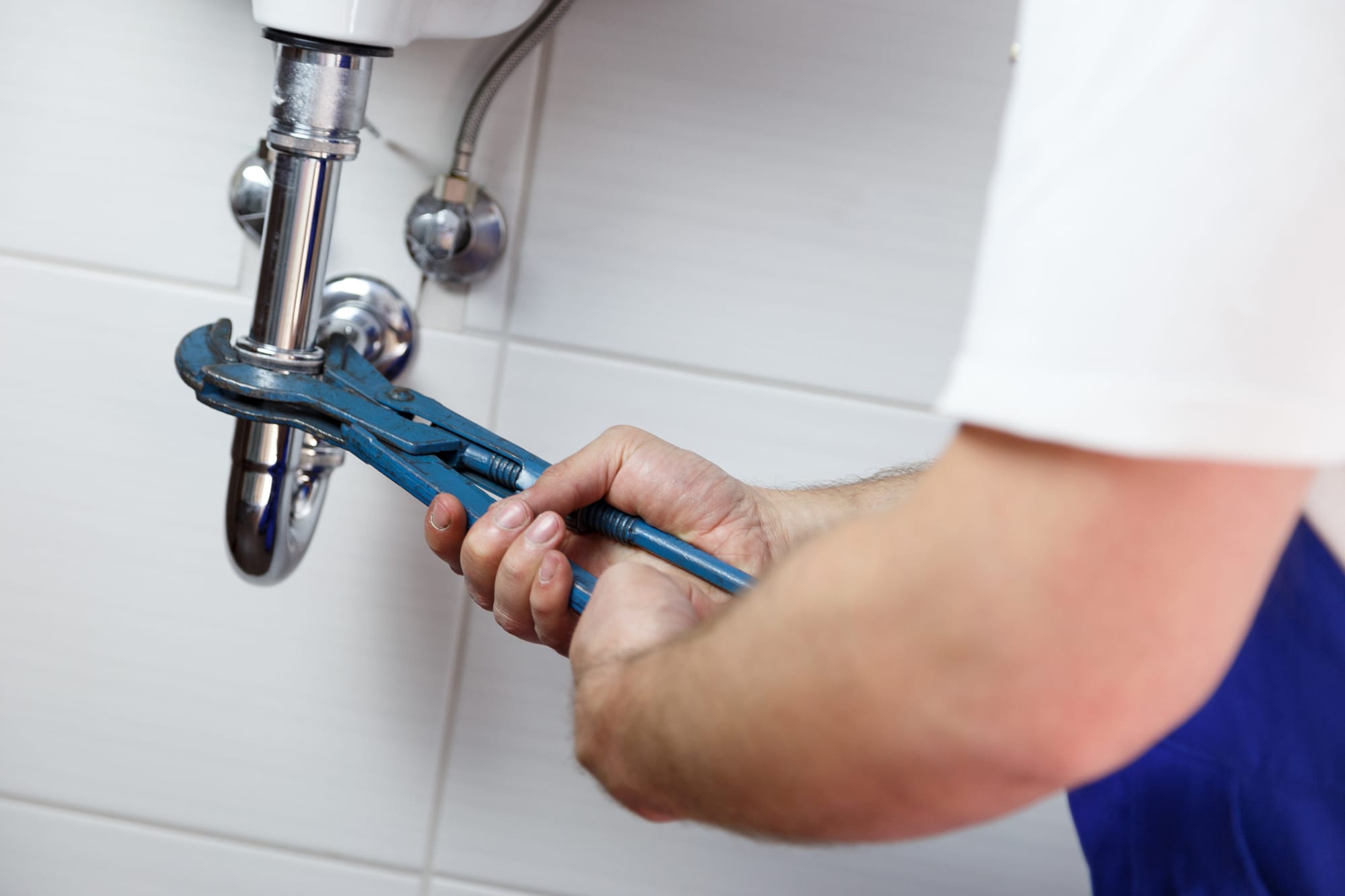 If you have a wet and dry vacuum at home, you can use it to suck out any clogs in your bathroom sink. This method is especially useful for clogs caused by foreign objects such as jewelry or small toys.
To start, set your vacuum to the wet mode and cover the vent with a cloth to prevent any debris from entering. Place the vacuum hose directly over the drain and create a tight seal. Turn on the vacuum and let it run for a few minutes to suck out the clog.
If the clog does not budge, you can try using a plunger or a drain snake to loosen it up before using the vacuum again.
If you have a wet and dry vacuum at home, you can use it to suck out any clogs in your bathroom sink. This method is especially useful for clogs caused by foreign objects such as jewelry or small toys.
To start, set your vacuum to the wet mode and cover the vent with a cloth to prevent any debris from entering. Place the vacuum hose directly over the drain and create a tight seal. Turn on the vacuum and let it run for a few minutes to suck out the clog.
If the clog does not budge, you can try using a plunger or a drain snake to loosen it up before using the vacuum again.
Preventing Future Clogs
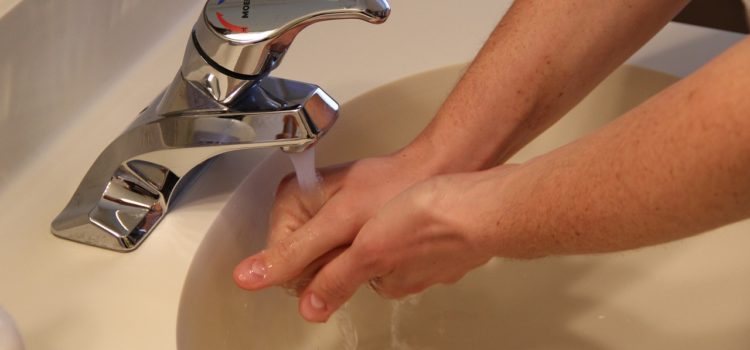 Prevention is always better than cure when it comes to clogged bathroom sinks. To prevent future clogs, make sure to regularly remove any hair or debris from your sink stopper and drain. You can also use a hair catcher or a mesh drain cover to prevent hair and other objects from going down the drain.
Additionally, avoid pouring any grease, oil, or food scraps down the sink as they can solidify and cause clogs. Instead, dispose of these items in the trash or compost bin.
By following these additional methods and taking preventive measures, you can keep your bathroom sink clear and clog-free. If the clog persists or you notice any unusual smells coming from your drain, it is best to call a professional plumber for assistance.
Prevention is always better than cure when it comes to clogged bathroom sinks. To prevent future clogs, make sure to regularly remove any hair or debris from your sink stopper and drain. You can also use a hair catcher or a mesh drain cover to prevent hair and other objects from going down the drain.
Additionally, avoid pouring any grease, oil, or food scraps down the sink as they can solidify and cause clogs. Instead, dispose of these items in the trash or compost bin.
By following these additional methods and taking preventive measures, you can keep your bathroom sink clear and clog-free. If the clog persists or you notice any unusual smells coming from your drain, it is best to call a professional plumber for assistance.
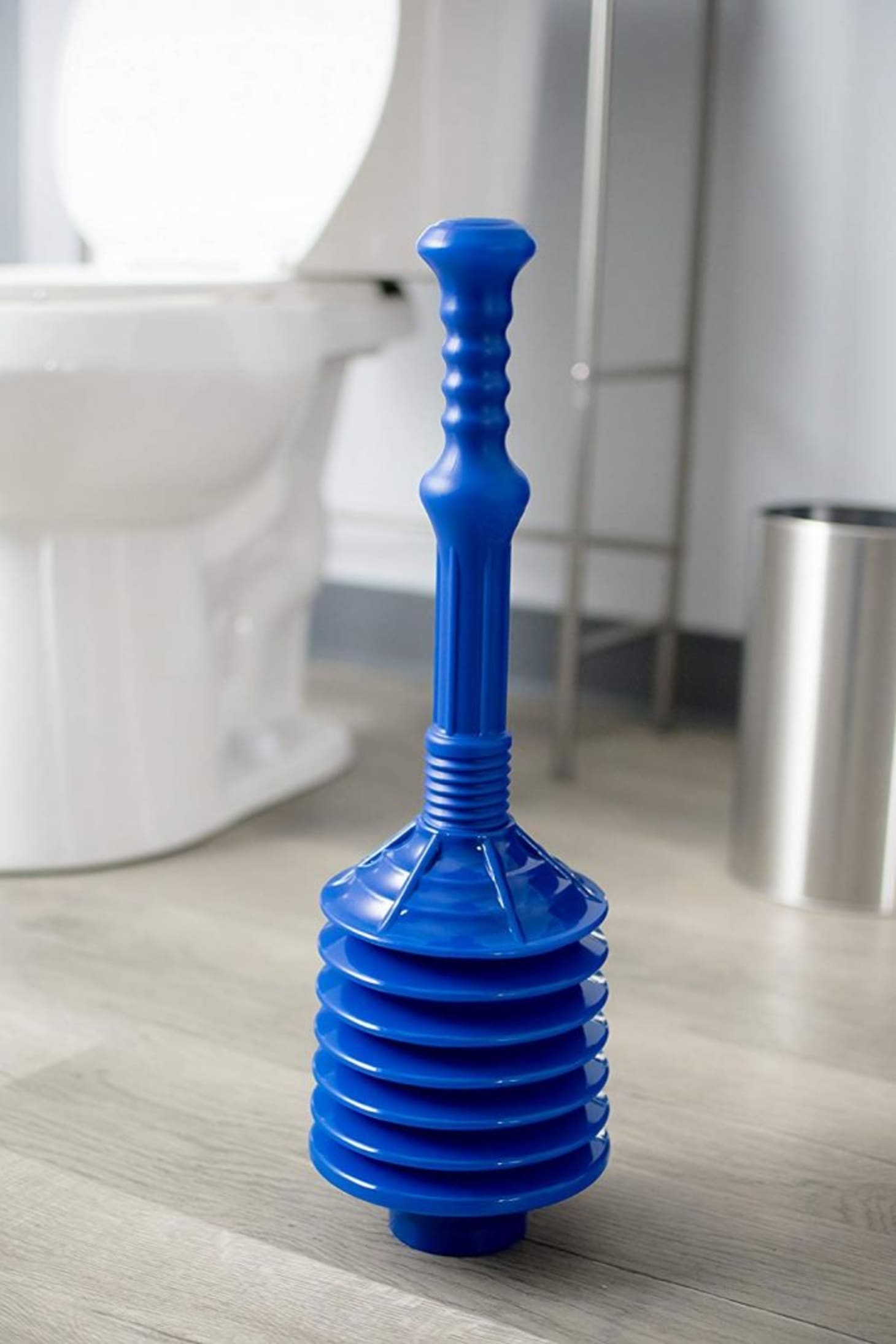


/GettyImages-173683465-58f822b83df78ca159d4543a.jpg)

:max_bytes(150000):strip_icc()/toilet-plunger-80708184-5797d8885f9b58461f591260.jpg)


:max_bytes(150000):strip_icc()/toilette-plunger--92314164-873564a34a3441058f00a8d6fc1f0441.jpg)
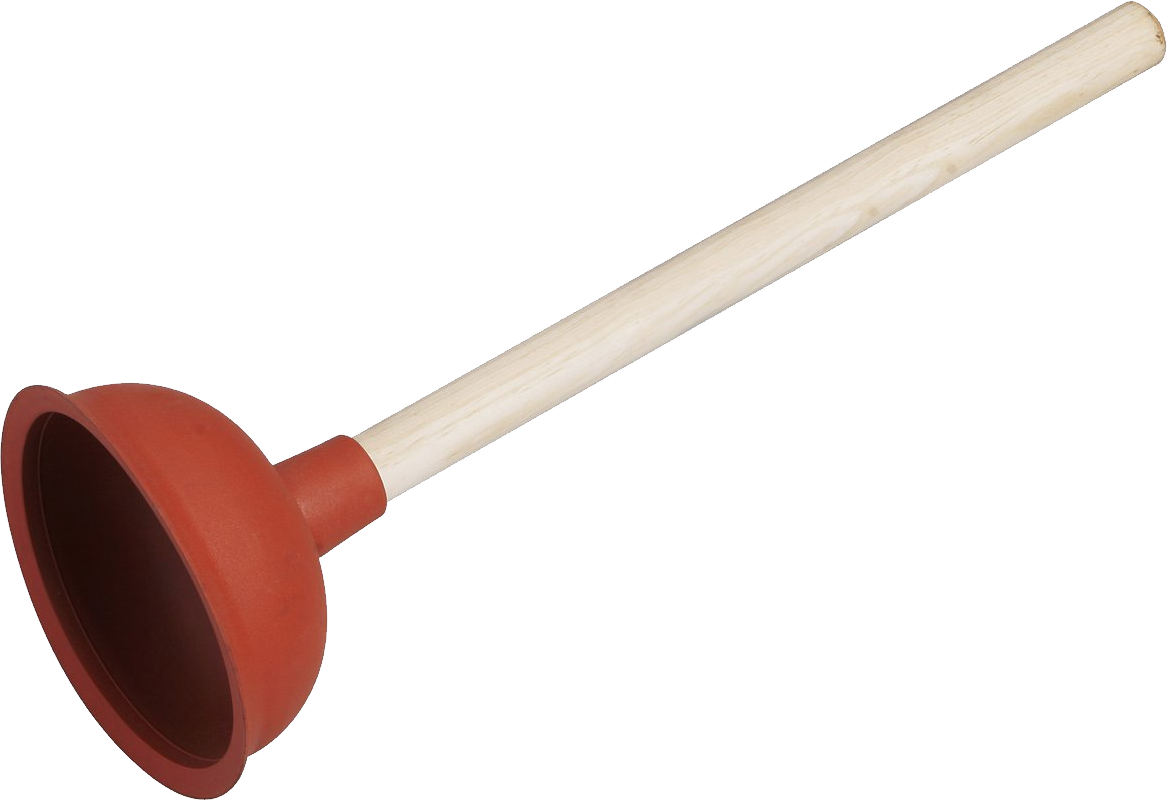

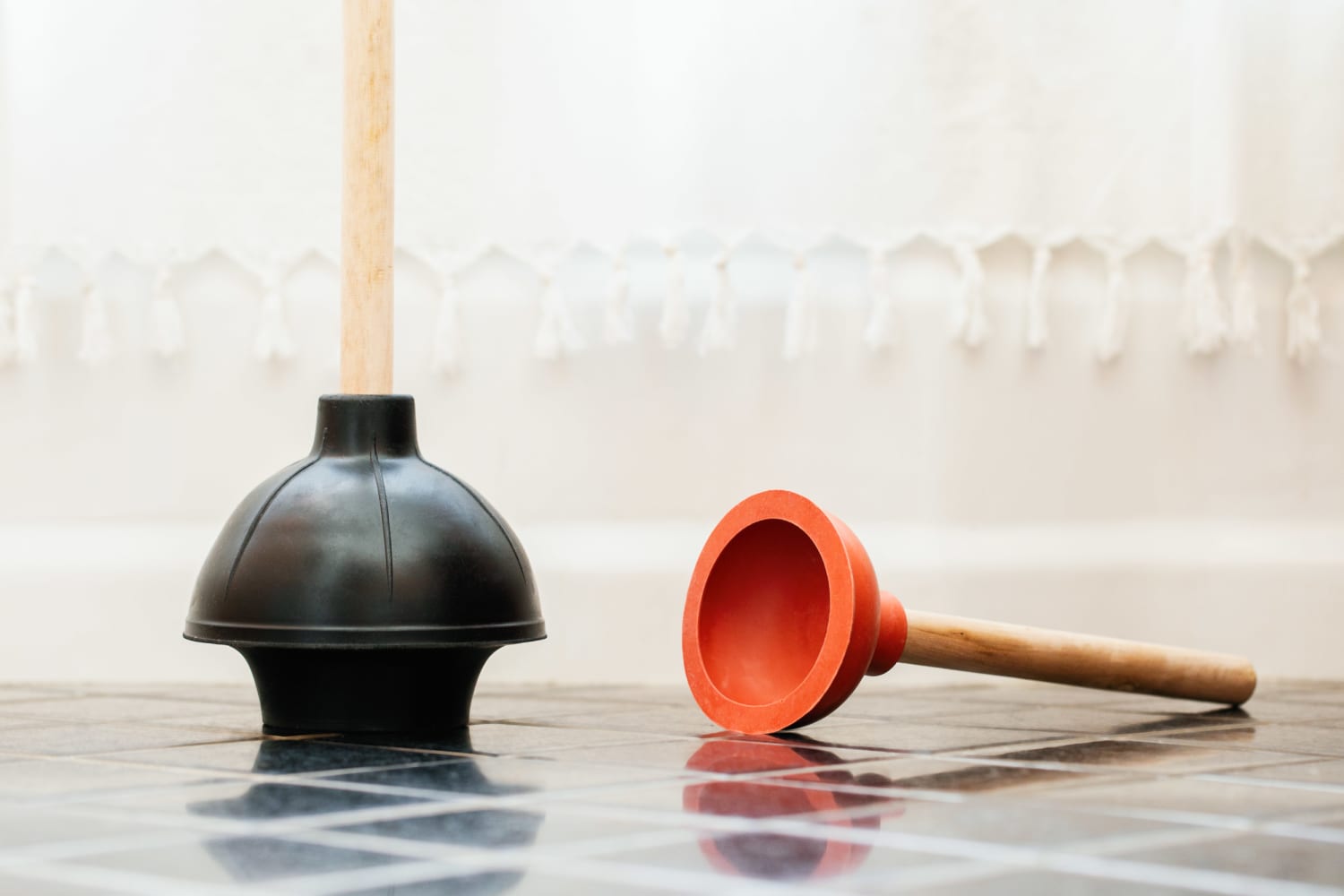

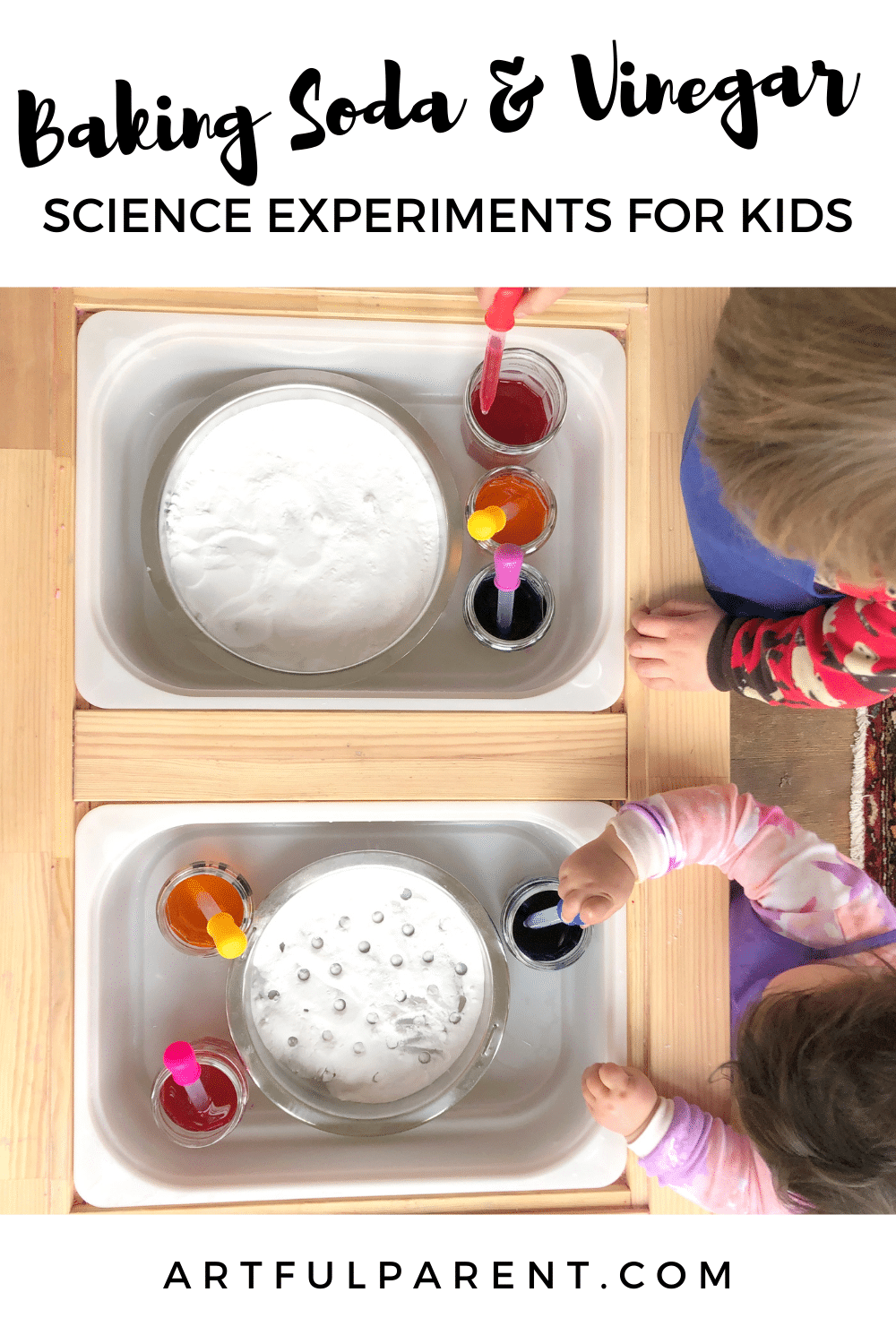
.jpg)




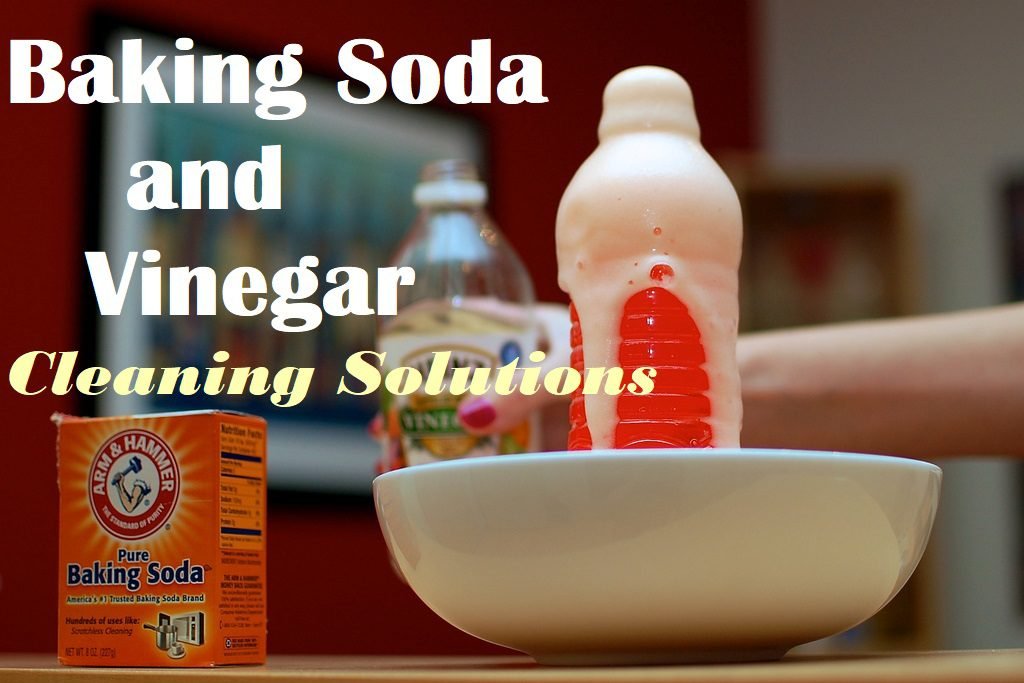
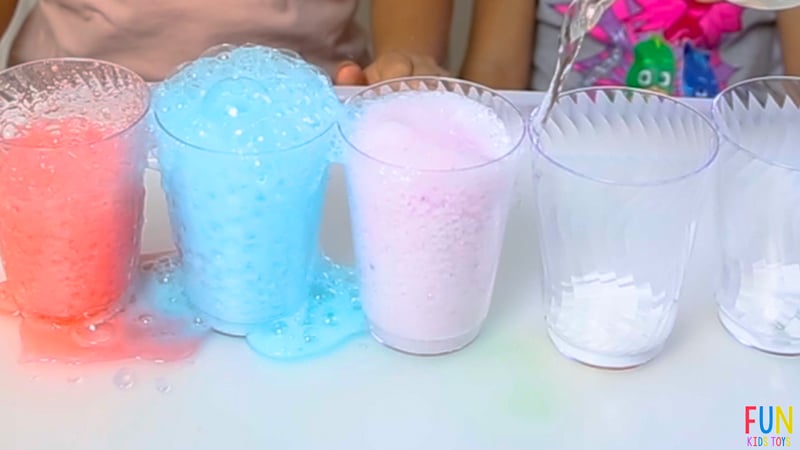





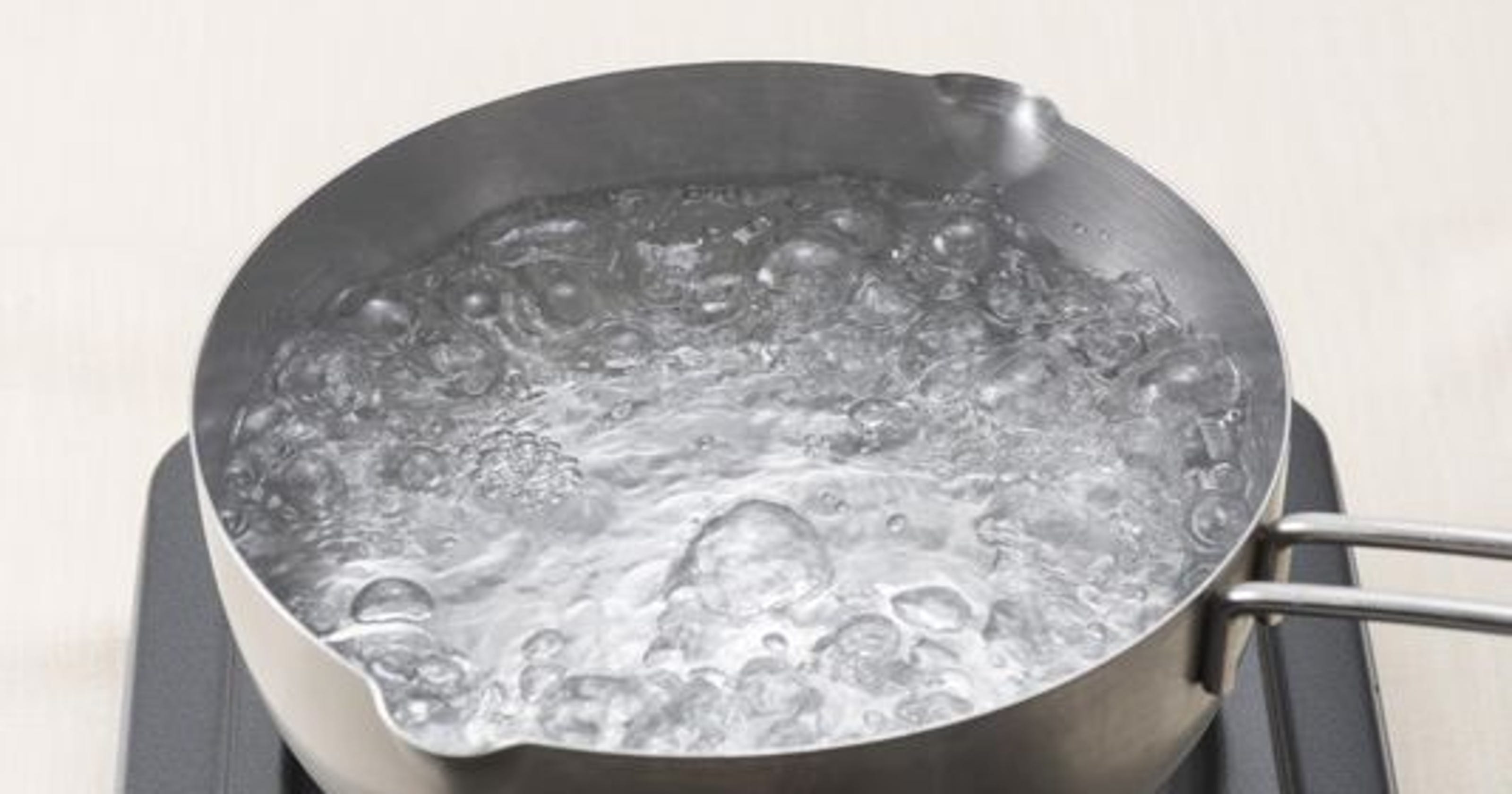
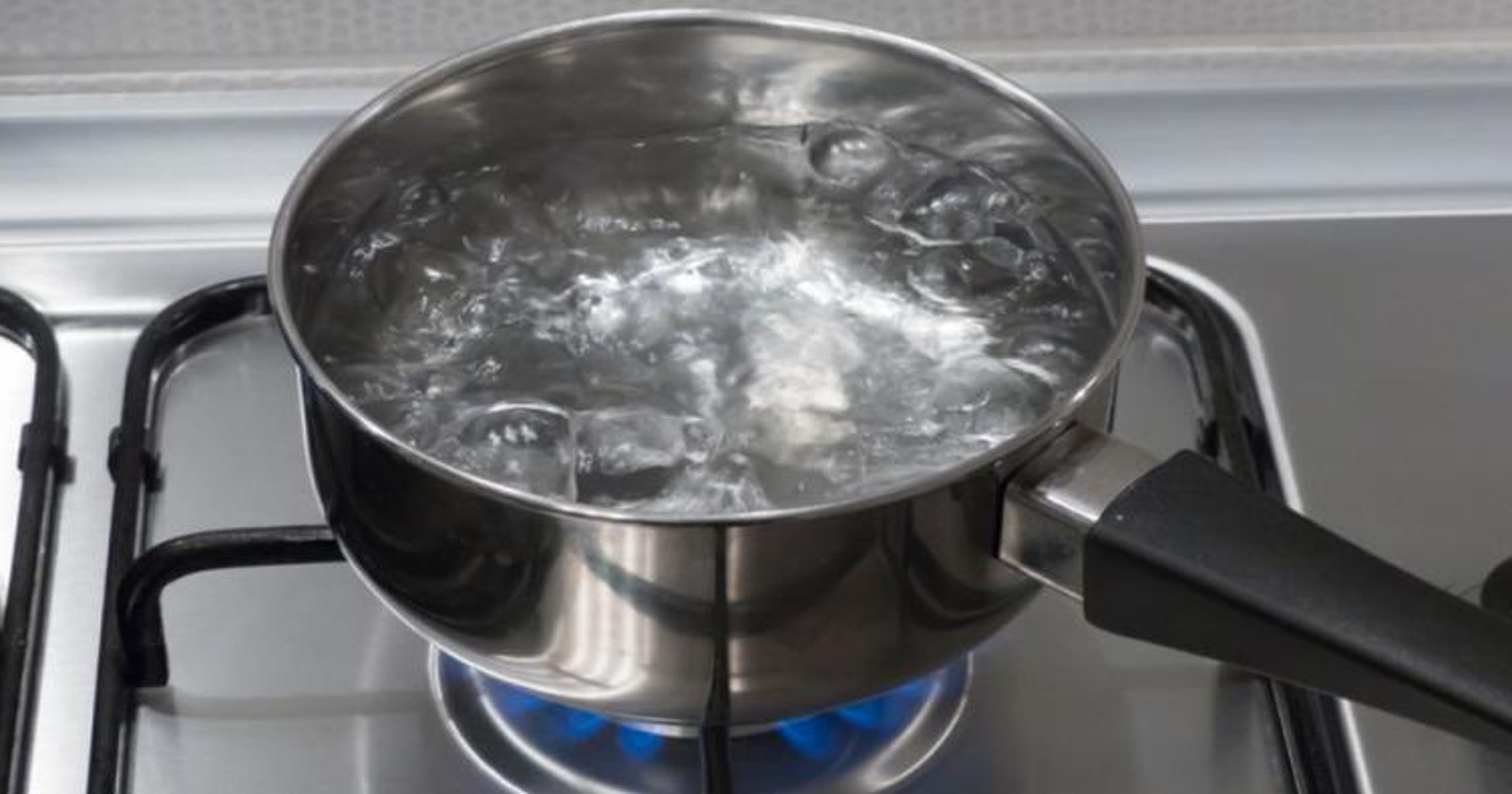

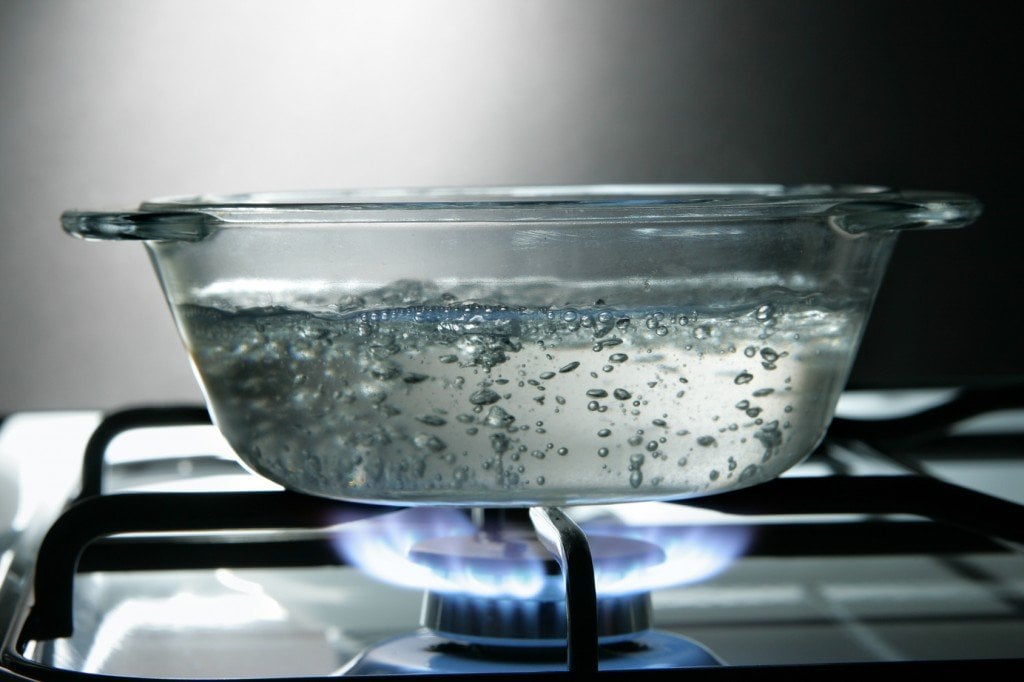

/glass-saucepan-on-a-gas-burner-with-boiling-water-dor961844-57fba8b03df78c690f79f7c6.jpg)
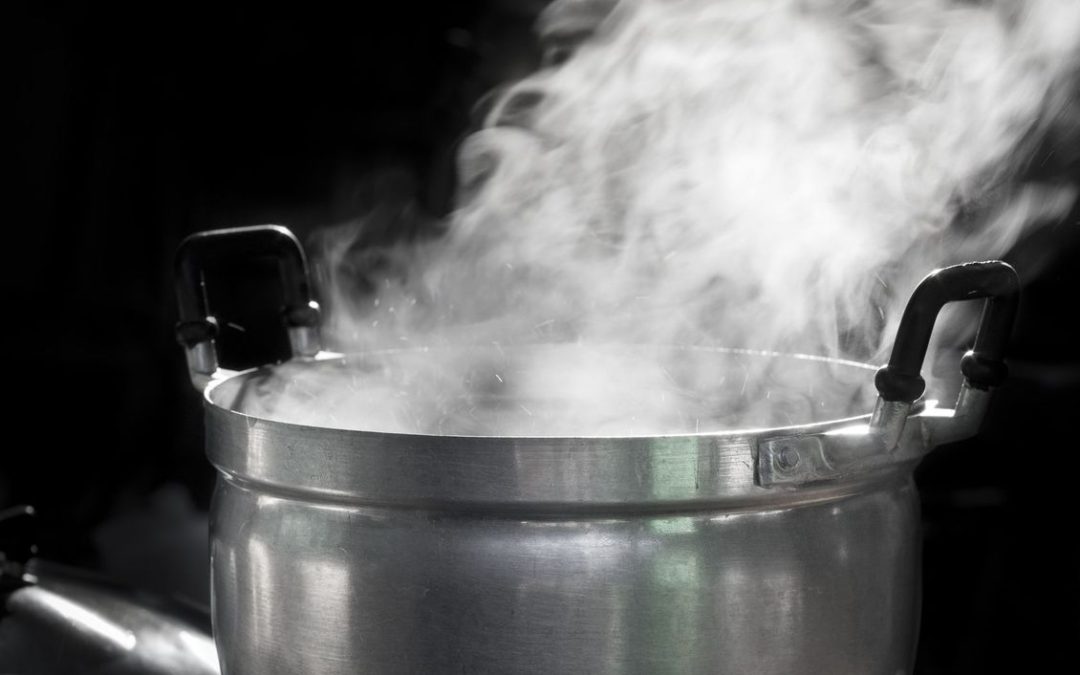
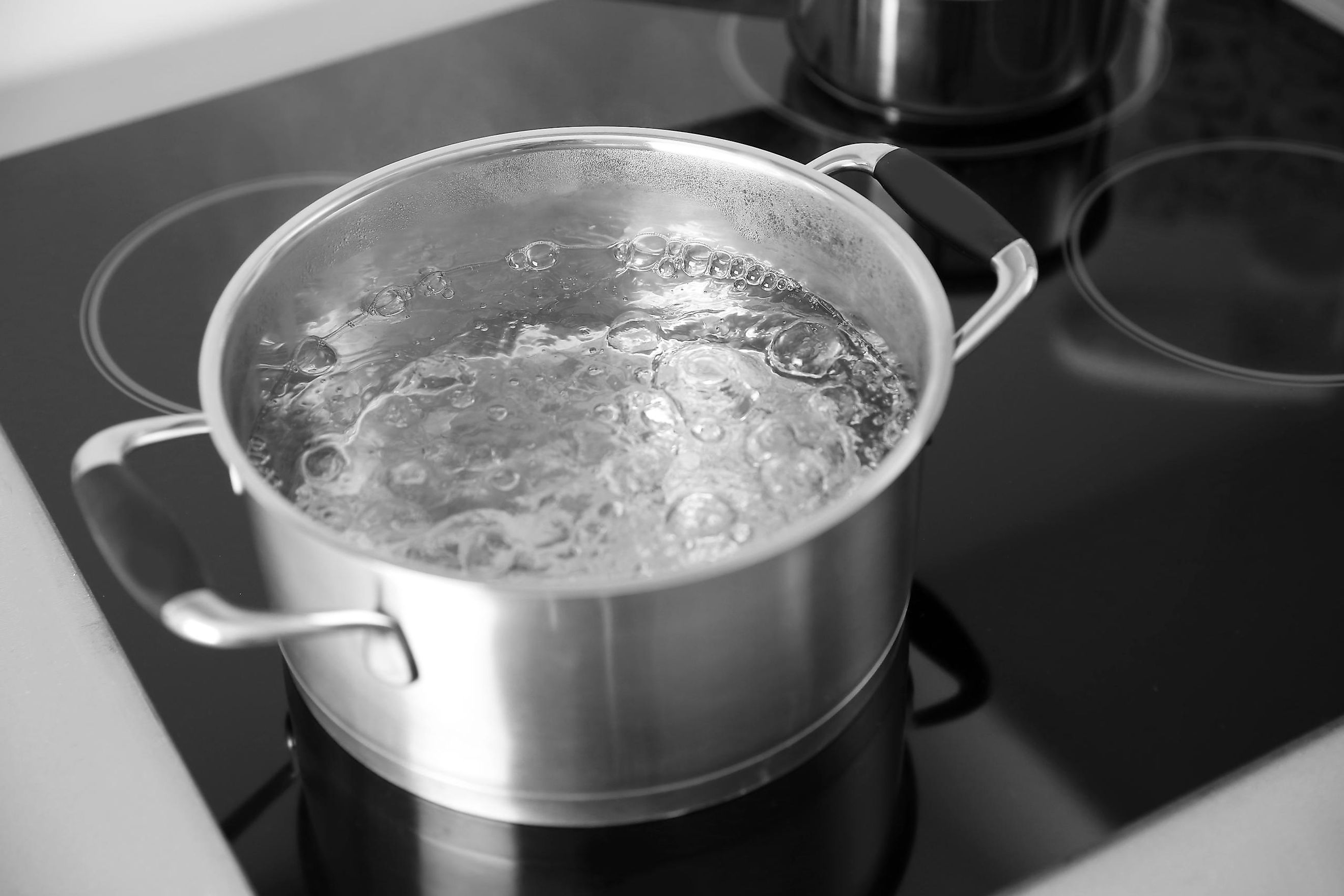

/BoilingWater-58dd1c2a5f9b5846837d2a23.jpg)


